Difficult scioly entomology ids (photos)
1/97
Earn XP
Description and Tags
16 of the flashcards are helpful tips, rest are photos. I chose the ones that were difficult for ME so some of them have multiple and they are difficult ON PURPOSE. If you're learning what each family looks like, use another flashcard deck
Name | Mastery | Learn | Test | Matching | Spaced |
|---|
No study sessions yet.
98 Terms
Belostomatidaes (Giant Water Bug) vs Nepidae (Waterscorpions)
Belostomatidae’s (Giant Water Bug) eyes are largerand positioned towards the front of the head, while Nepidae (Waterscorpions) have smaller, more laterally placed eyes and a more elongated body shape.
Yes, Nepidae are usually more skinnier but not always :)
Miridae (plant bugs) vs Lygaeidae (Seed Bugs)
Cuneus (triangular-shaped region at the distal end of the fore wing) is found in plant bugs but not seed bugs
If it’s black/red, it’s probably a Lygaeidae
Lygaeidae have ocelli and Miridae don’t
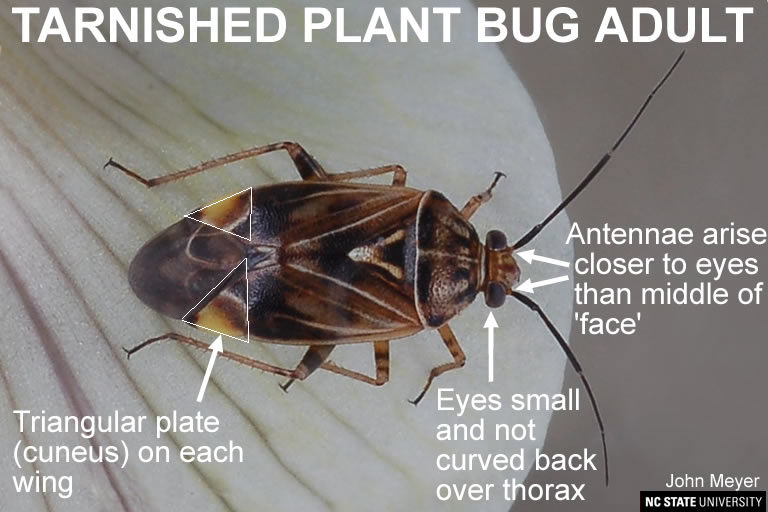
Lestidae’s (Spread Winged) vs Coenagrionidae (Narrow Winged)
Lestidae’s (Spread Winged) eyes tend to be more offset from the head than Coenagrionidae (Narrow Winged)
Lestidae have wings spread at rest, not closed
Gomphidae(clubtails) vs Libeullidae’s (Skimmers) vs Aeschnidae’s (Darners)
Gomphidae(clubtails) have separated eyes
NOT all have club tails although a lot do
Libeullidae’s (Skimmers) eyes touch slightly less than Aeschnidae’s (Darners) eyes.
Libeullulidae usually has a shorter, stouter body than Darners
Gryllacrididae(Camel crickets) vs Gryllidae (crickets)
Gryllacrididae(Camel) is usually brightly colored (yellow, orange, etc), while Gryllidae is almost always black or brown
Gryllidae has bigger spines on its legs than Gryllacrididae
Notonectidae (backswimmers) vs Corixidae (boatmen)
“Top” is Light-colored in backswimmers and dark-colored in boatmen
Fringed legs in backswimmers and Scoop-legs in boatmen
Cercopidae ( froghoppers, spittlebugs) vs Cicadellidae (leafhoppers)
Cercopidae only has 1-2 spines, while Cicadellidae has an entire row on hind leg
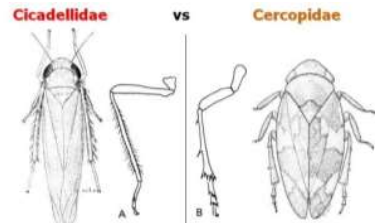
Syrphidae(Flower/hover flies) vs Bombyllidae(Bee flies)
Syrphidae(Flower/hover flies) never has “hair”, while Bombyllidae(Bee flies) usually does
Asilidae(robber) vs Stratiomyidae(Soldier)
Asilidae(robber) has a deep depression between eyes, and Stratiomyidae(Soldier) does not
Calliphoridae(blow) vs Tachinidae vs Muscidae’s (house)
Usually, Calliphoridae(blow) has a greenish-blue metallic coloration. Tachinidae’s eyes tend to be smaller than Calliphoridae’s or Muscidae’s (house) eyes
Tephritidae(husk) vs Drosophilidae(pomace)
Tephritidae(husk) has patterned wings, Drosophilidae(pomace) doesn’t.
Drosophilidae has red eyes and Tephritidae doesn’t.
Lycaenidae (hairstreaks/blues) vs Nymphalidae (brush)
Lycaenidae (hairstreaks/blues) have rounder(?) wings, generally smaller ones too than blue Nymphalidae (brush)
Dystiscidae (Predaceous) vs Gyrinidae (Whirligig) vs Hydrophilidae (Scavenger) vs Histeridae
Dystiscidae (Predaceous) = Middle legs closer to front legs than hind legs, HL fringed and flattened
- Antennae: Filiform (long and thin)
Gyrinidae (Whirligig) = ML and HL for swimming (natatory), very short, flattened, and fringed with bristles || FL long & grasping, contain suckers to hold female while mating
- Antennae: Short, plump, clubbed
Hydrophilidae (Scavenger) = HL flattened with a fringe of hairs
- Antennae: Have a club
Histeridae (Hister) = Flattened, jointed
Lamphyridae (firefly) vs Cantharidae (soldier)
Lamphyridae’s (firefly) head is concealed from above by pronotum, Cantharidae’s (soldier) isn’t.
Chrysomelidae vs Coccinellidae (lady beetle)
Chrysomelidae’s (leaf beetle) antennae are much shorter than Coccinellidae’s (lady beetle)
Halictidae (sweat) vs Apidae (bees) vs Colletidae (Plaster) vs Megachilidae (leaf cutter)
ONLY RELIABLE METHOD IS TO LOOK AT WING VENATION IM SORRY
Halictidae (sweat) is (USUALLY) metallic/green
Apidae can sometimes have a yellow thing on its leg (this is known as the scopa, used for collecting pollen)
Apidae can seem to be “fatter” and fuzzier than the others
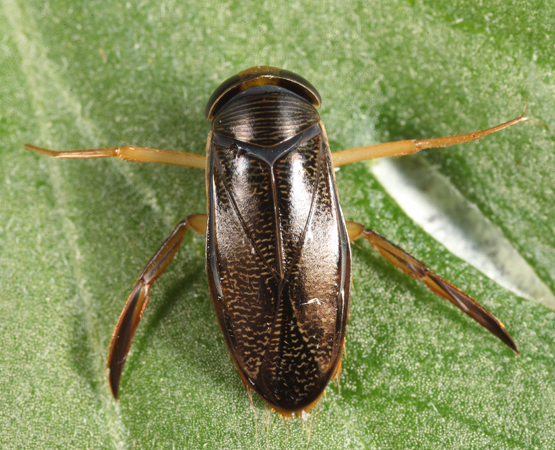
Water Boatmen - Corixidae

Water Boatmen - Corixidae
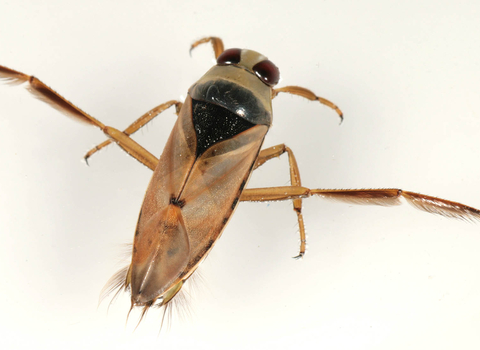
Backswimmers - Notonectidae
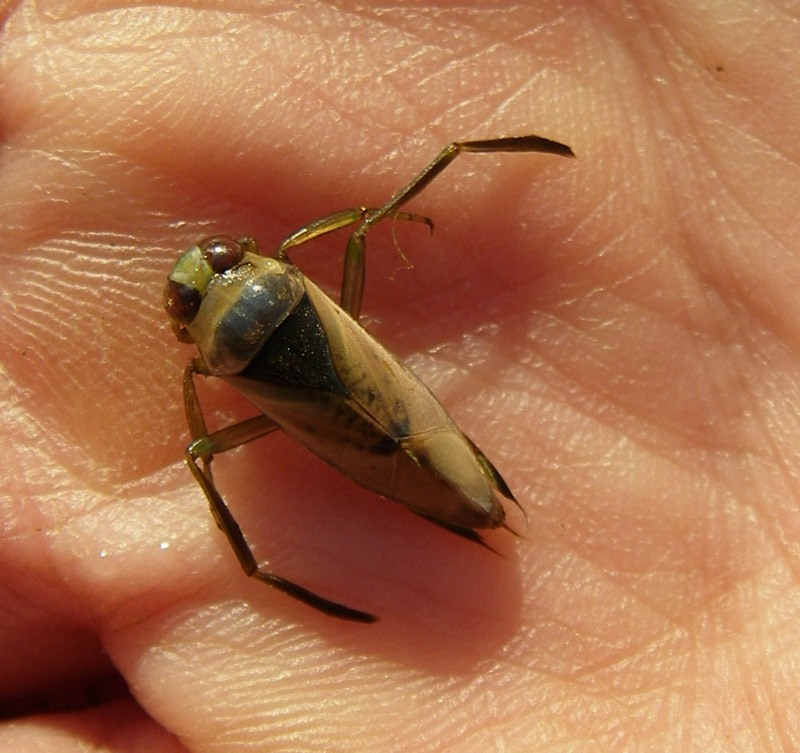
Backswimmers - Notonectidae
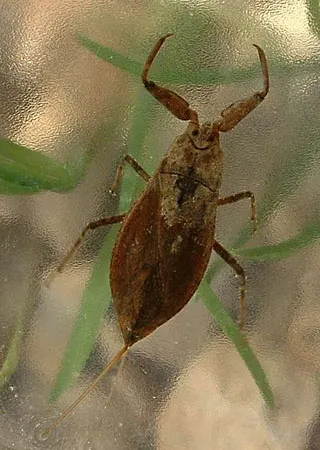
Waterscorpion - Nepidae
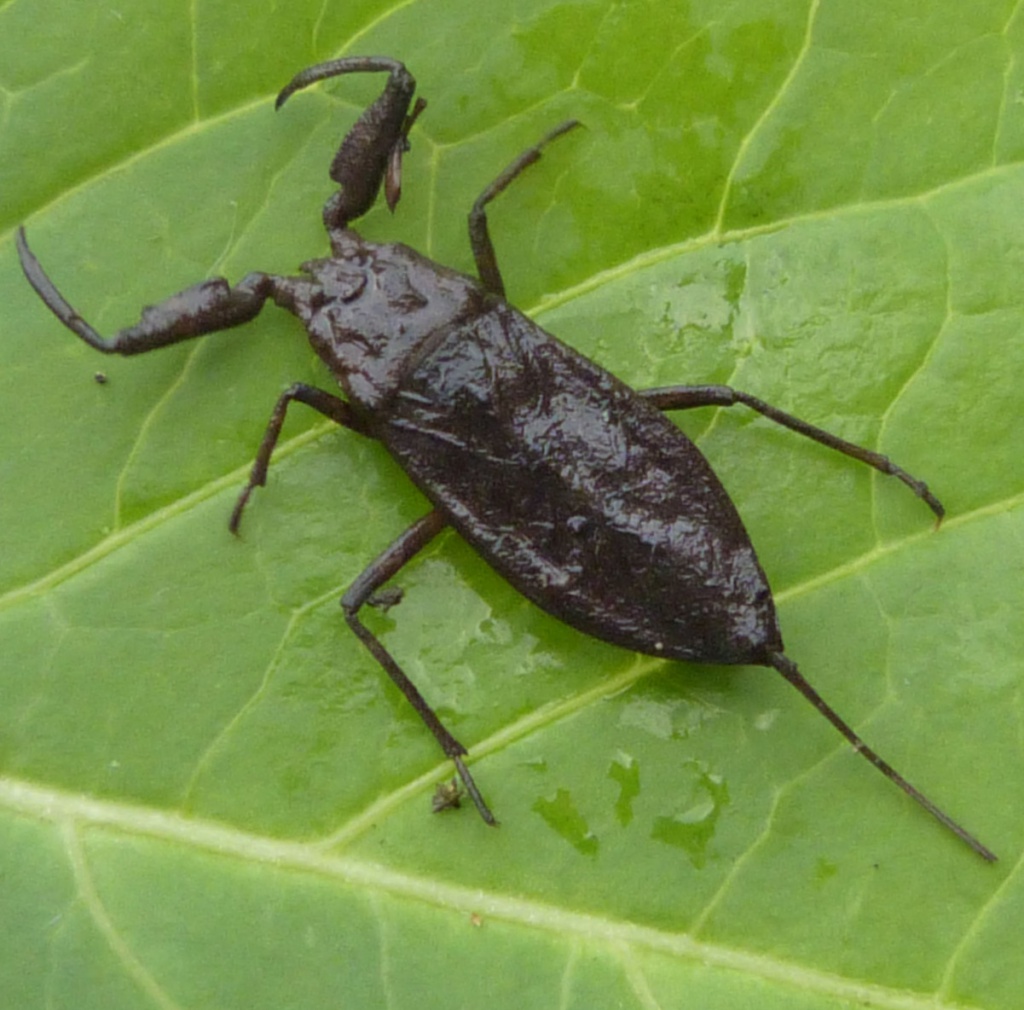
Waterscorpion - Nepidae

Giant Water bug - Belostomatidae

Giant Water bug - Belostomatidae

froghoppers - Cercopidae
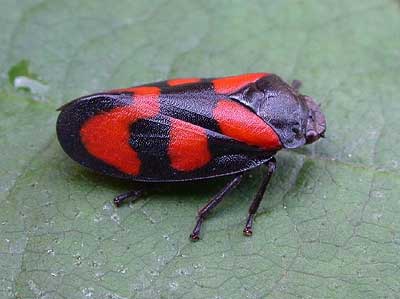
froghoppers - Cercopidae
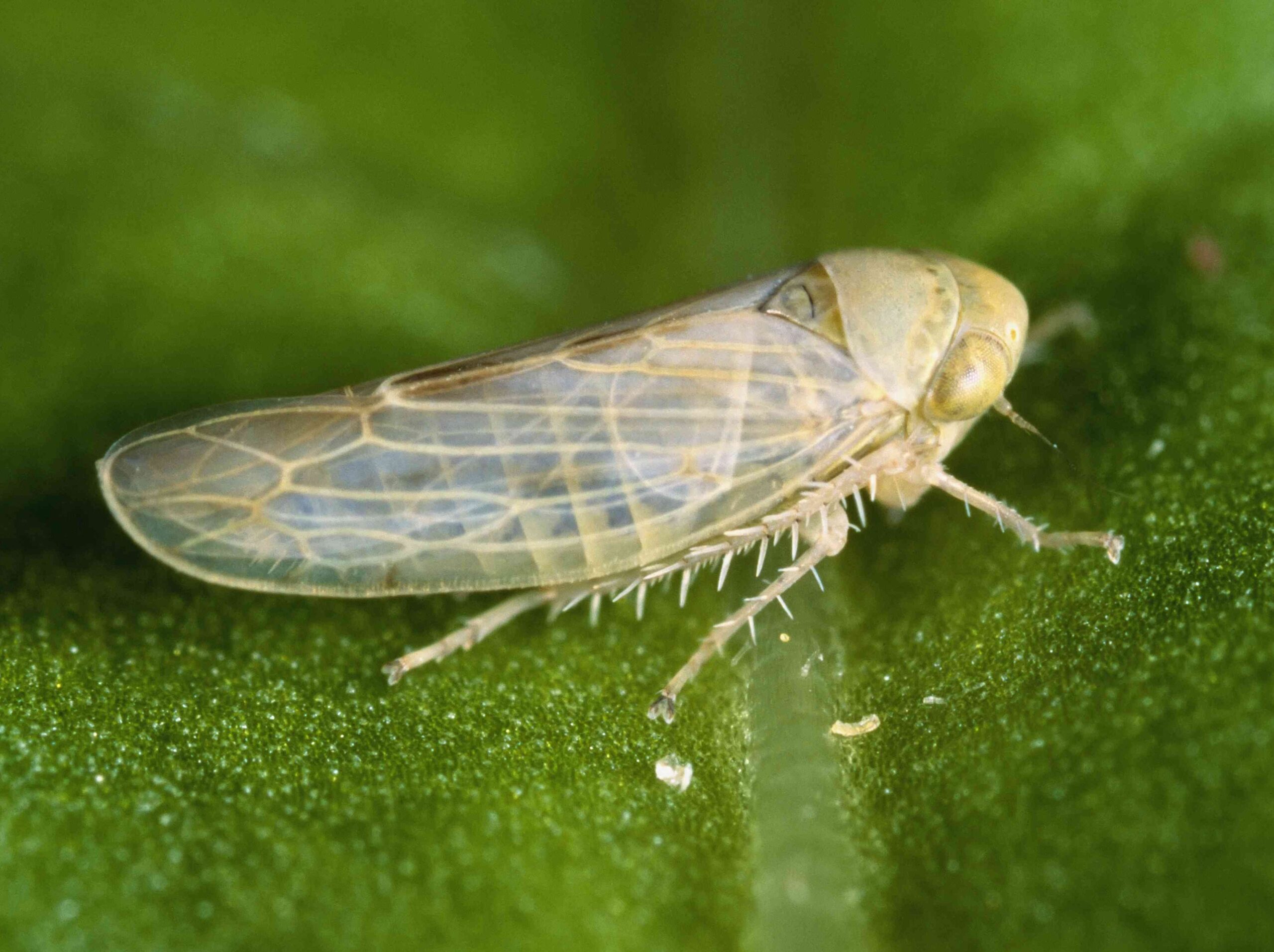
leafhopper - Cicadellidae

predaceous diving beetle - Dytiscidae
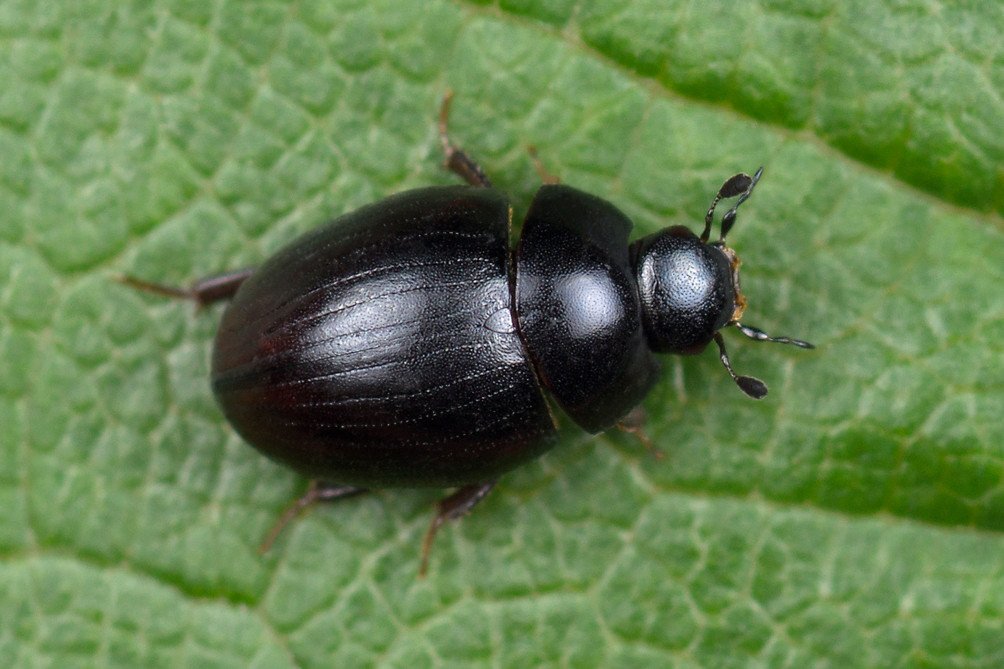
Water scavenger - Hydrophilidae
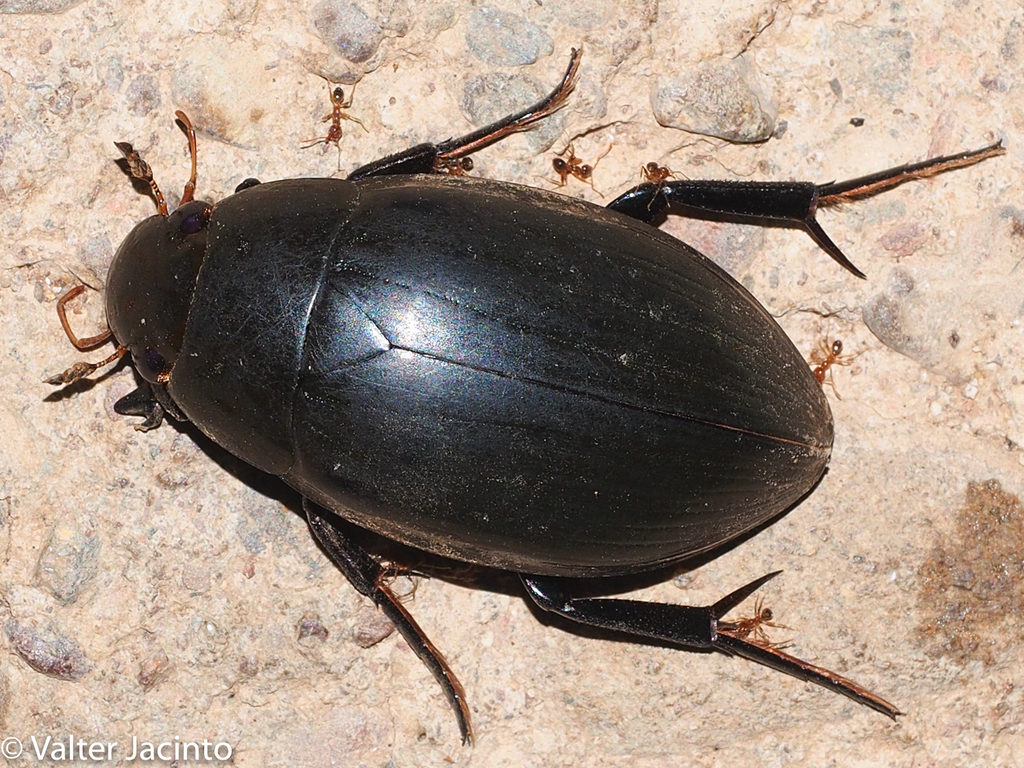
Water scavenger - Hydrophilidae

whirligig - Gyrinidae
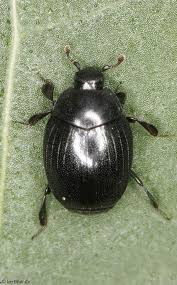
hister - Histeridae
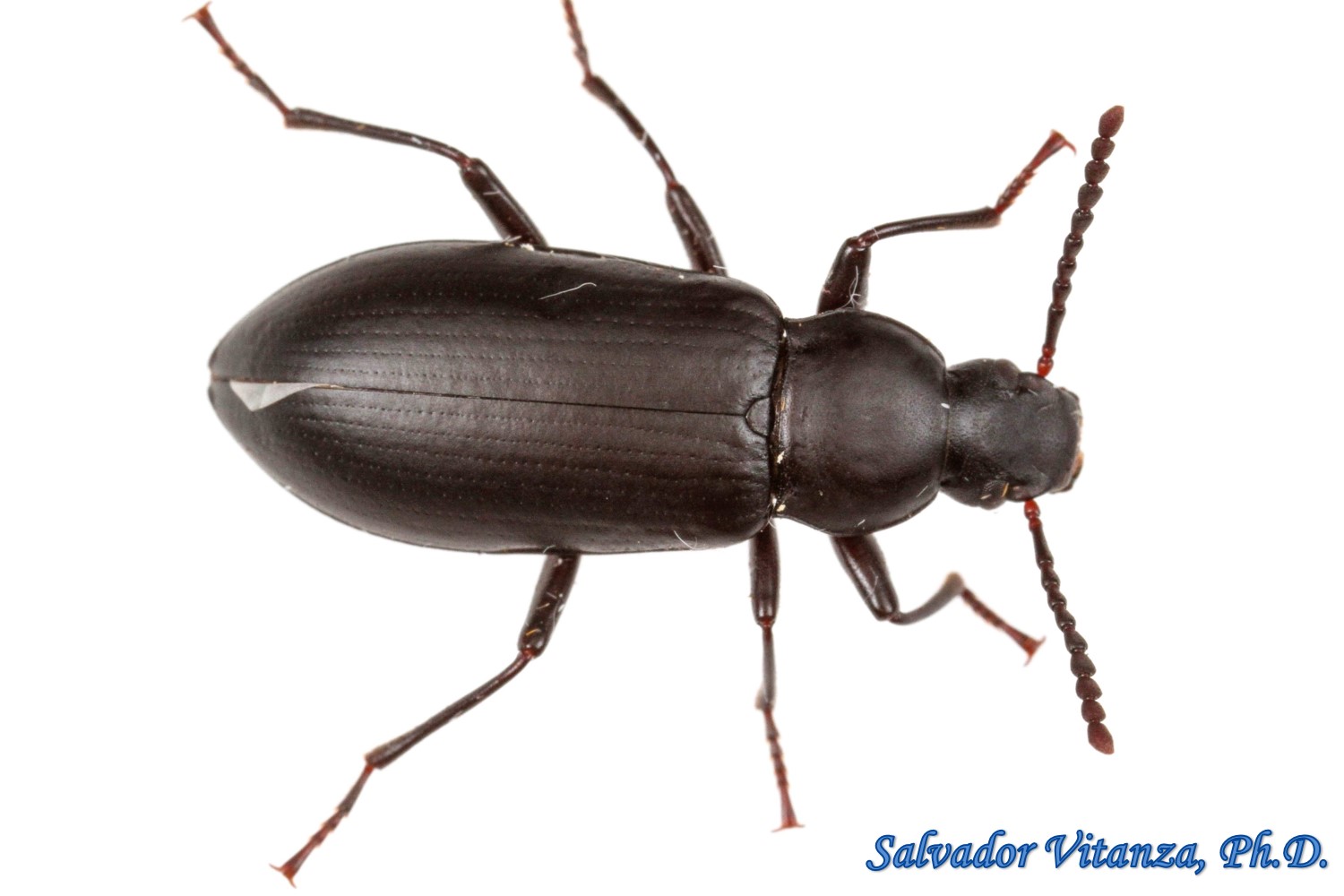
darkling - Tenebrionidae
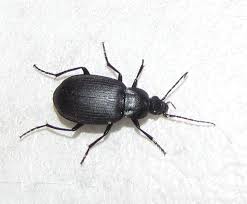
ground - Carabidae
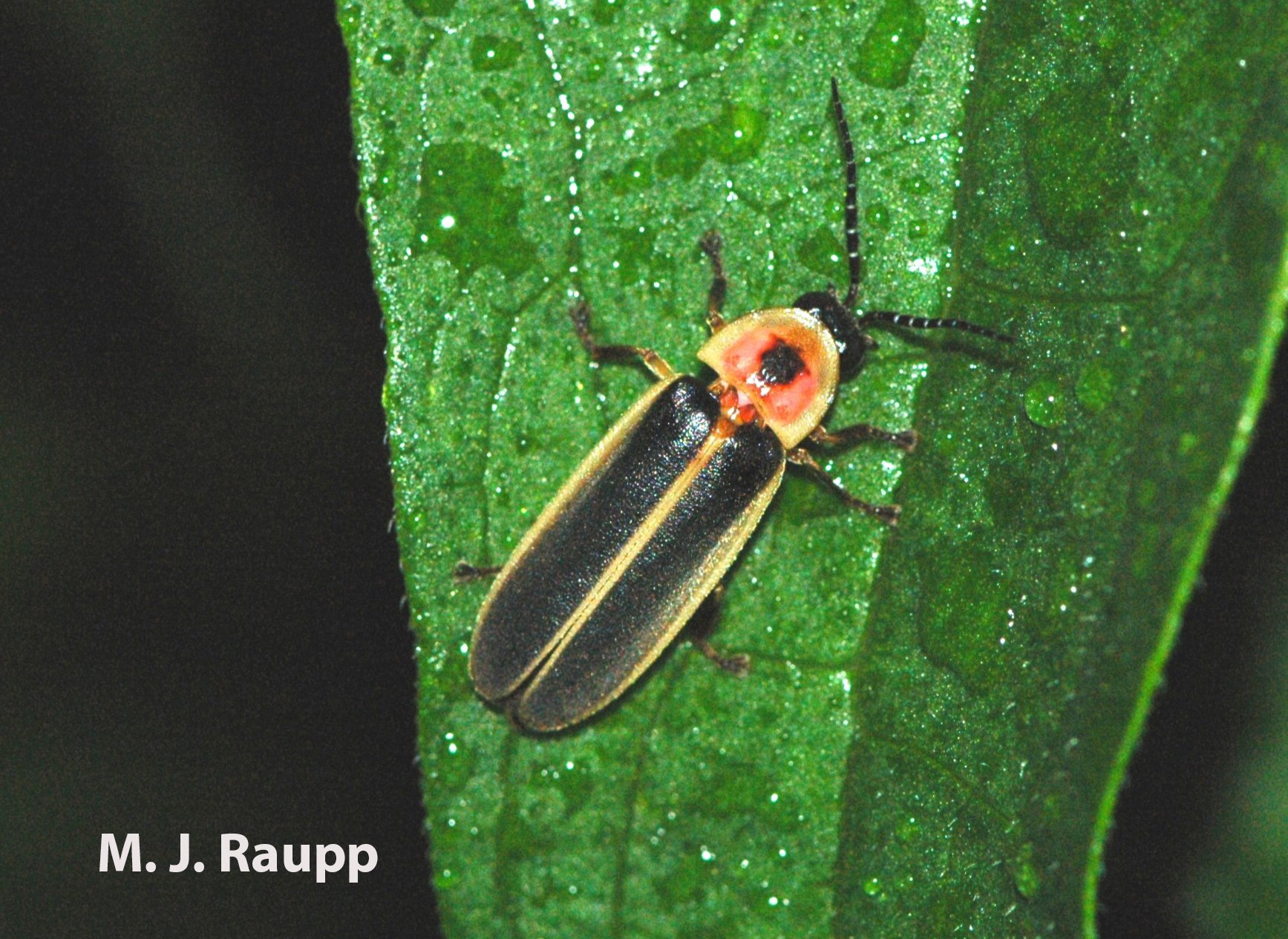
firefly - Lampyridae
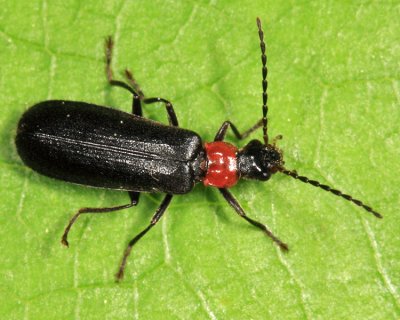
Soldier beetles - Cantharidae
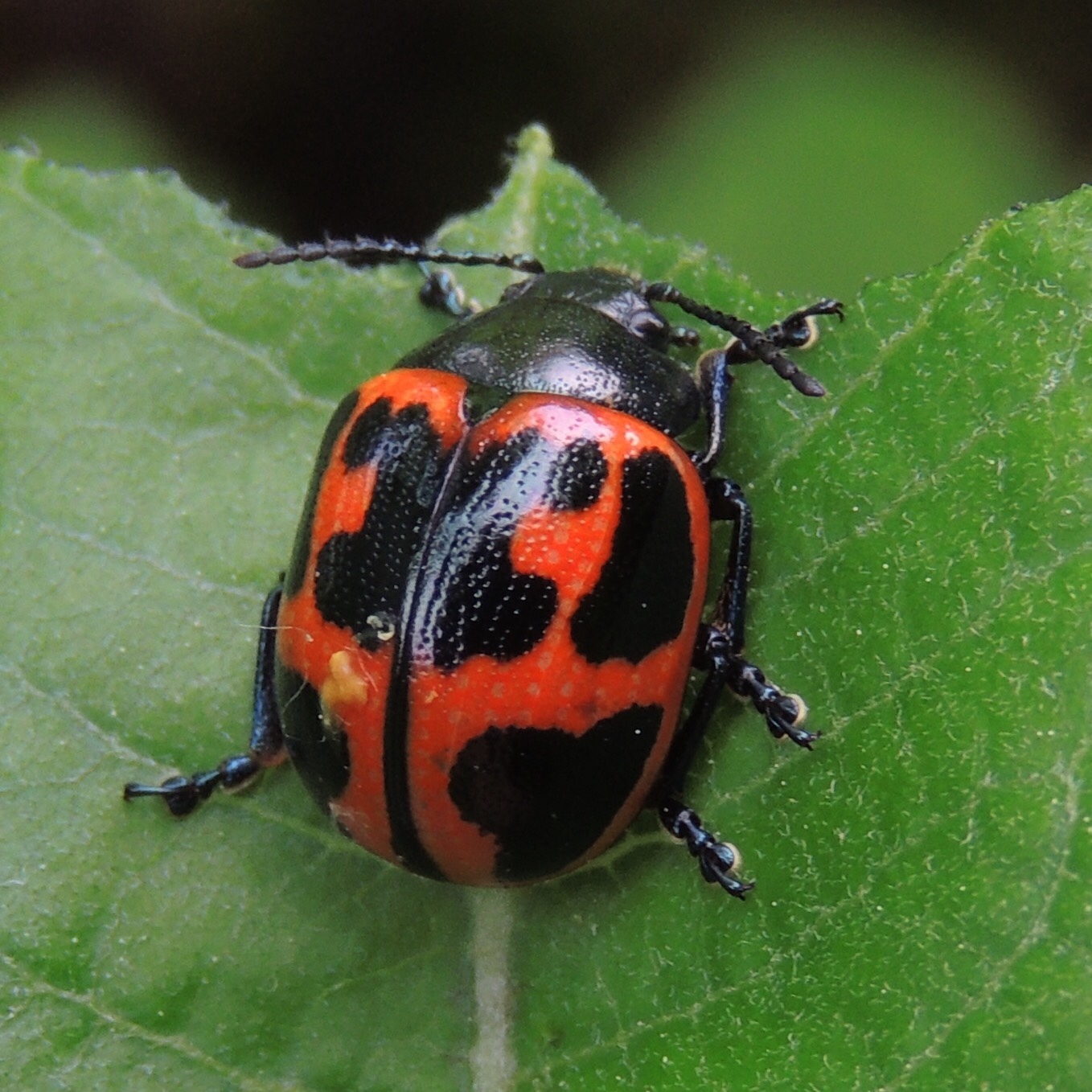
Leaf beetle - Chrysomelidae
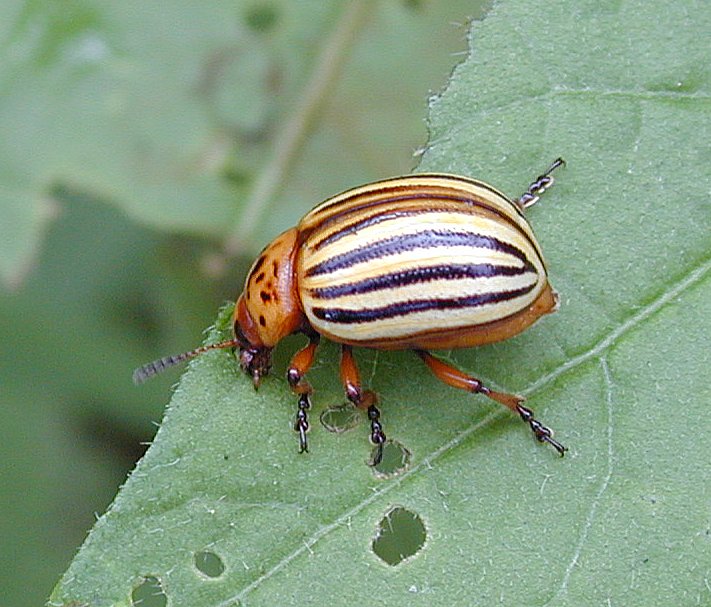
Leaf beetle - Chrysomelidae

Leaf beetle - Chrysomelidae
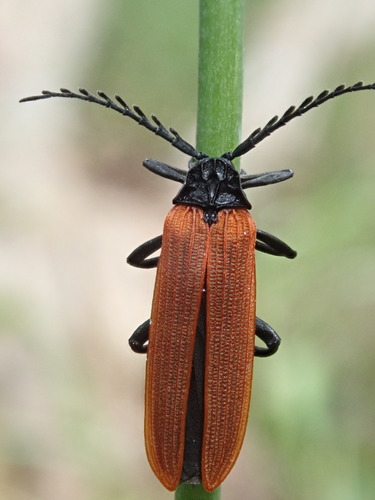
net winged - Lycidae
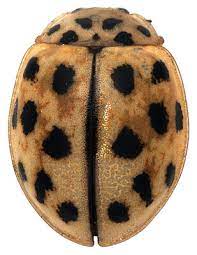
ladybug - Coccinellidae

black fly - Simuliidae
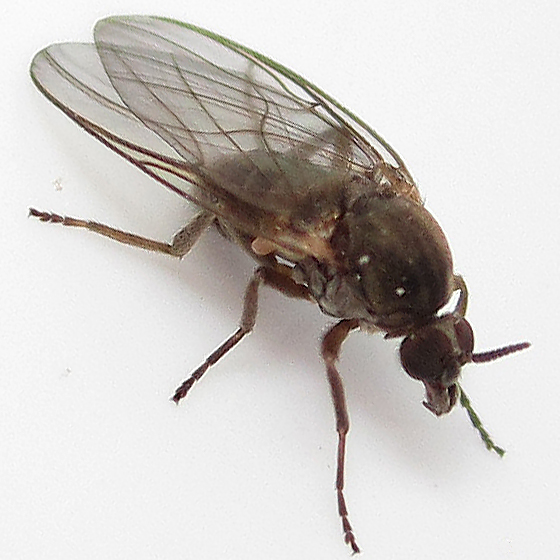
black fly - Simuliidae
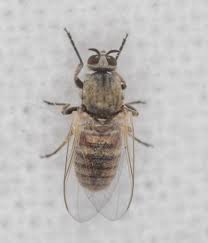
black fly - Simuliidae
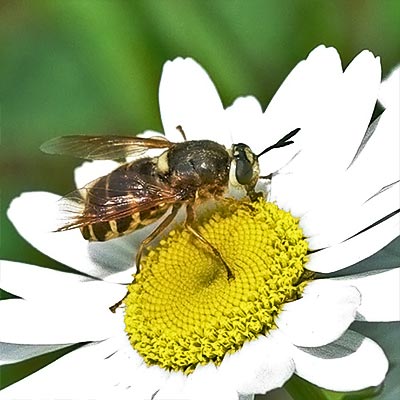
Soldier fly - Stratiomyidae
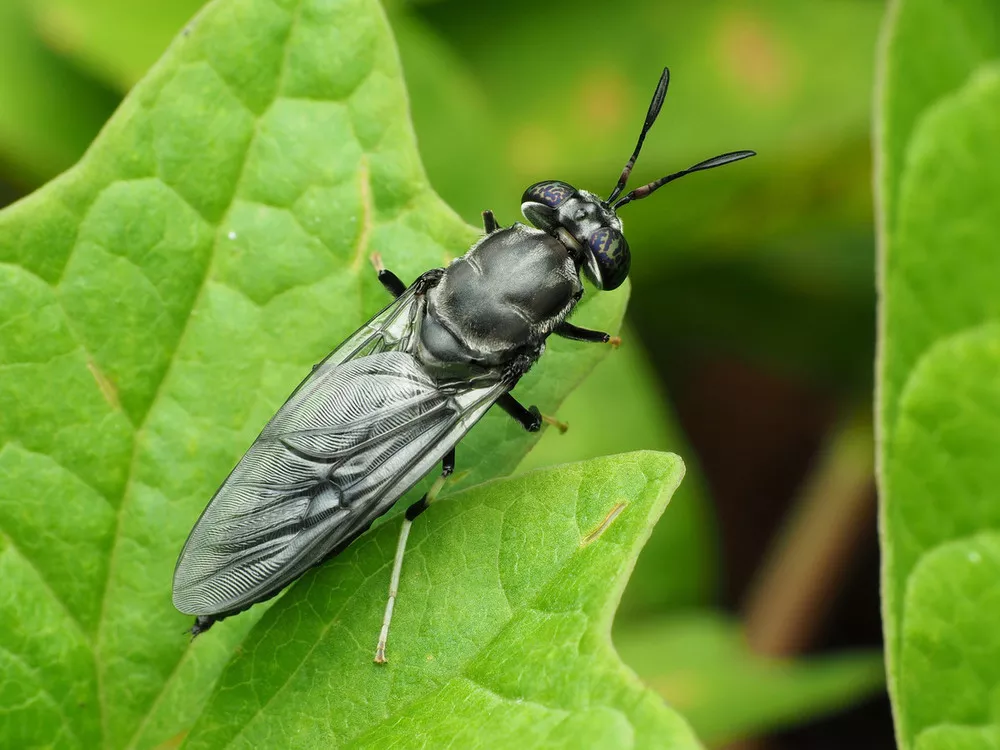
Soldier fly - Stratiomyidae
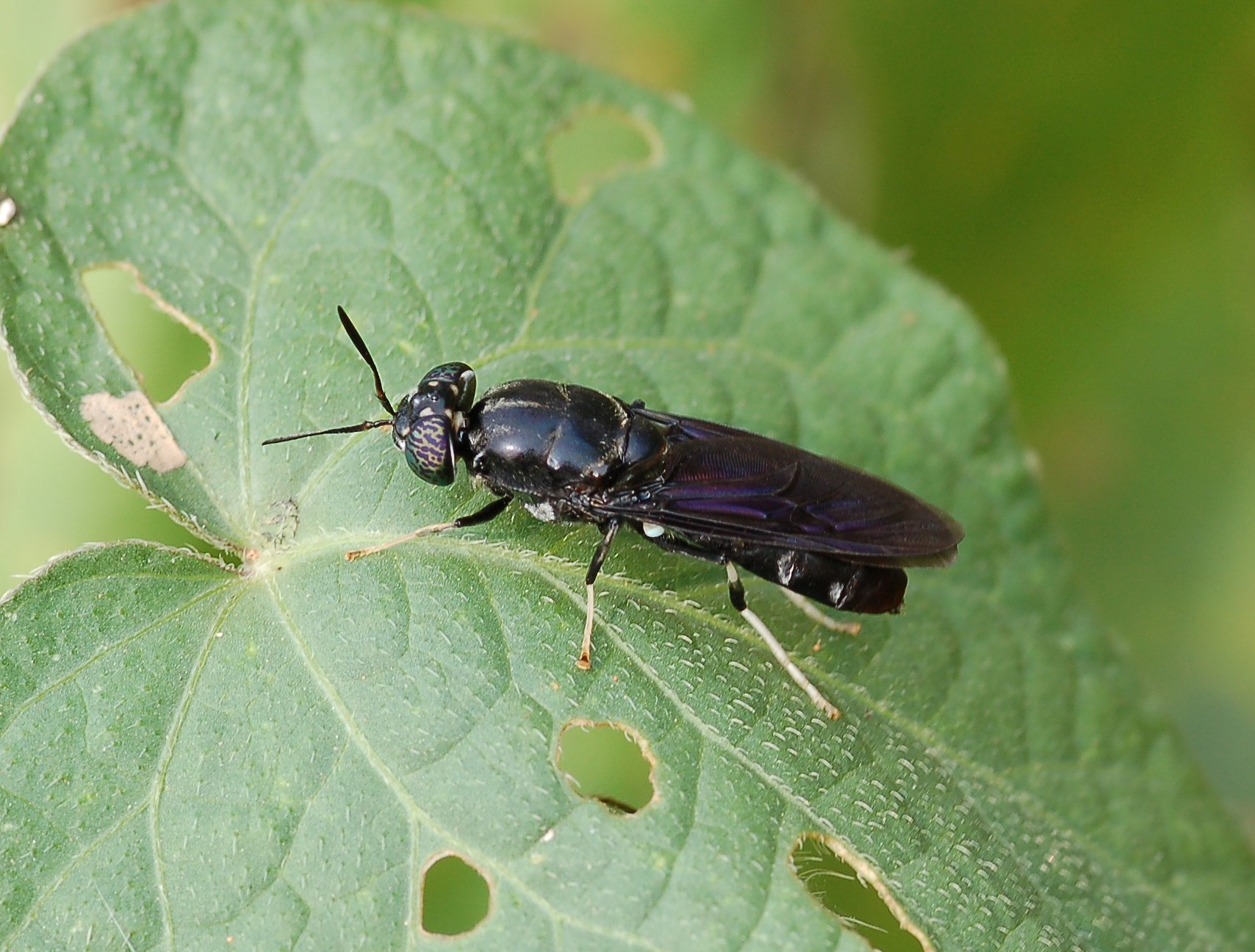
Soldier fly - Stratiomyidae
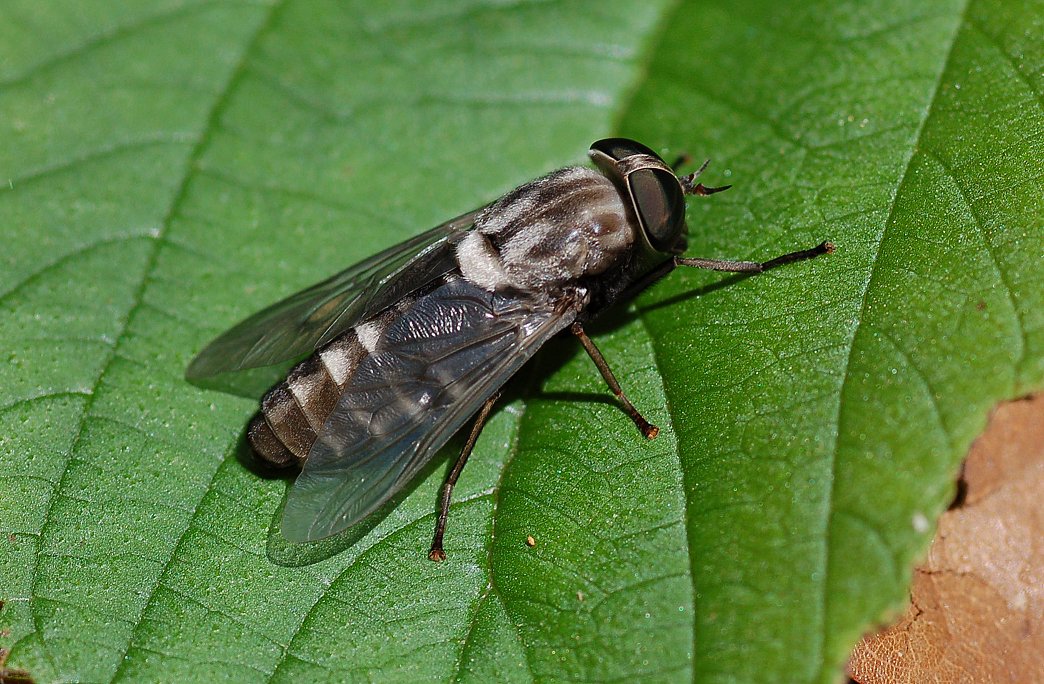
Horse fly - Tabanidae
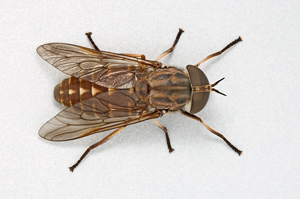
Horse fly - Tabanidae
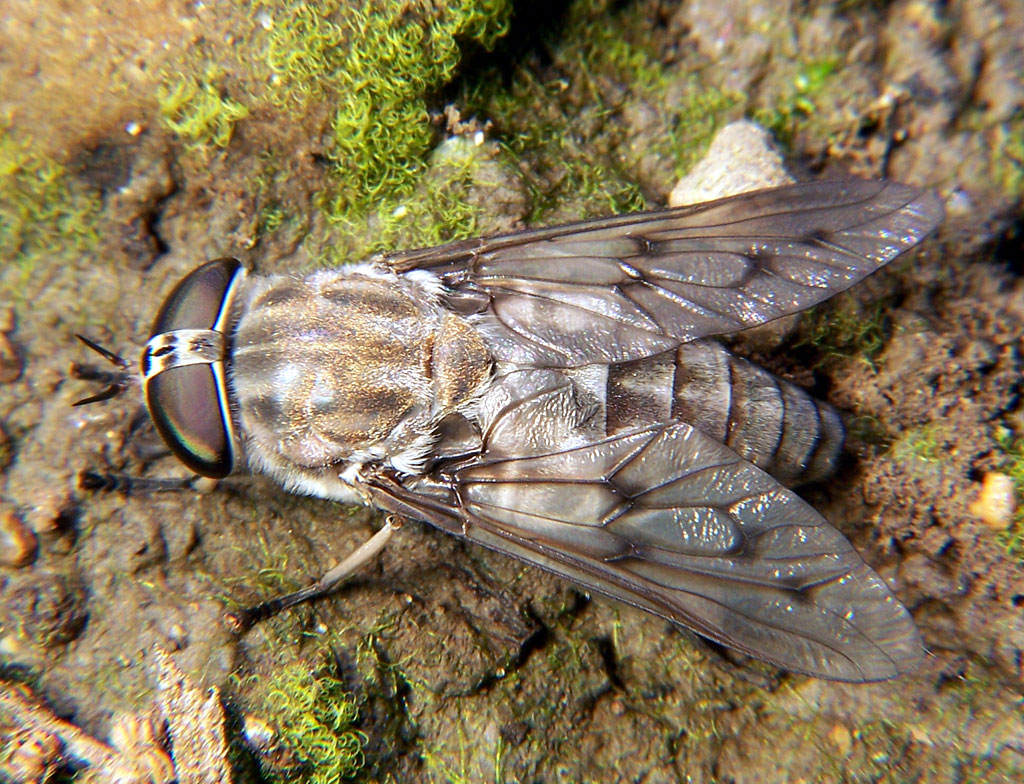
Horse fly - Tabanidae
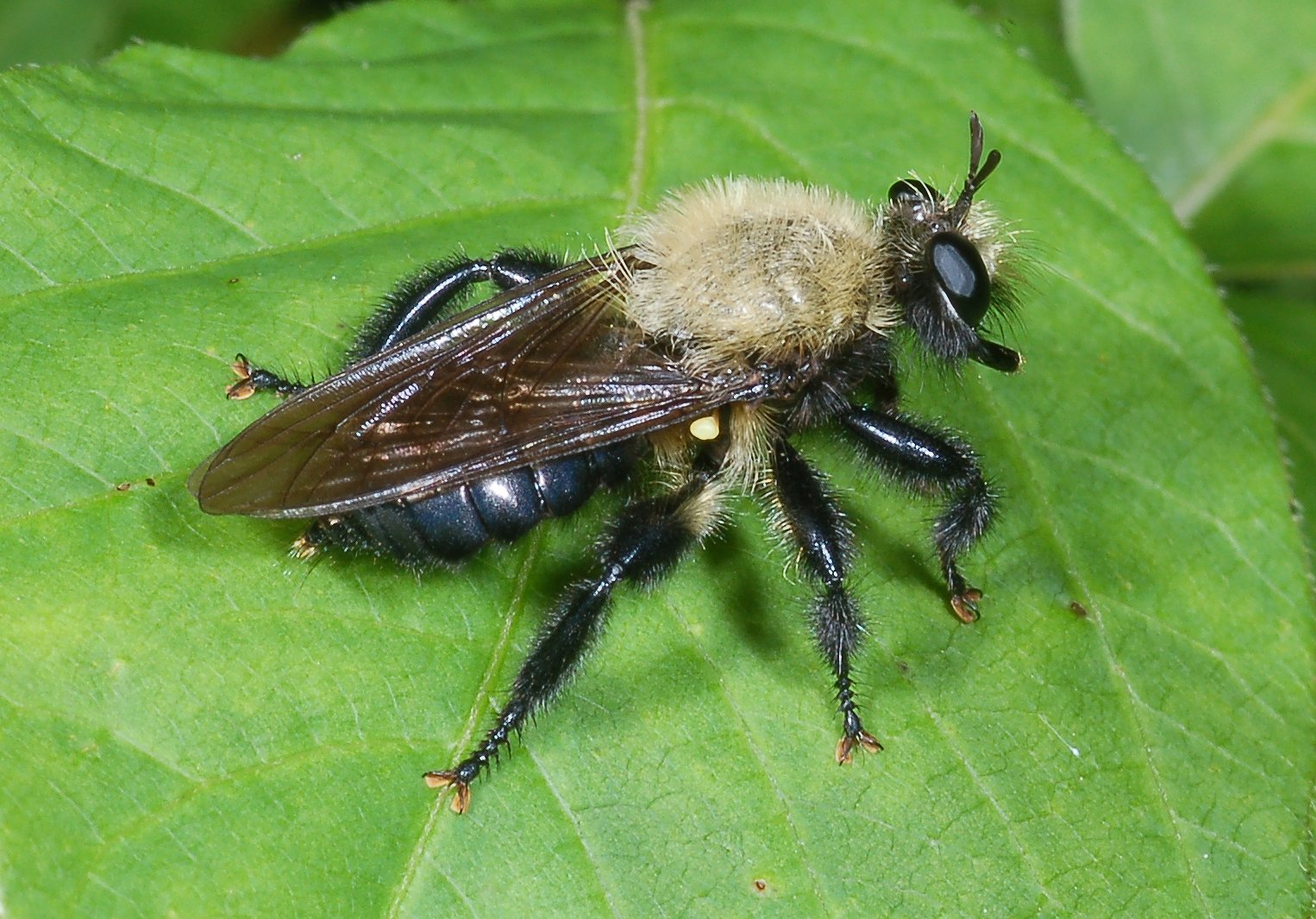
Robber fly - Asilidae

Bee fly - Bombyliidae

Bee fly - Bombyliidae

Bee fly - Bombyliidae
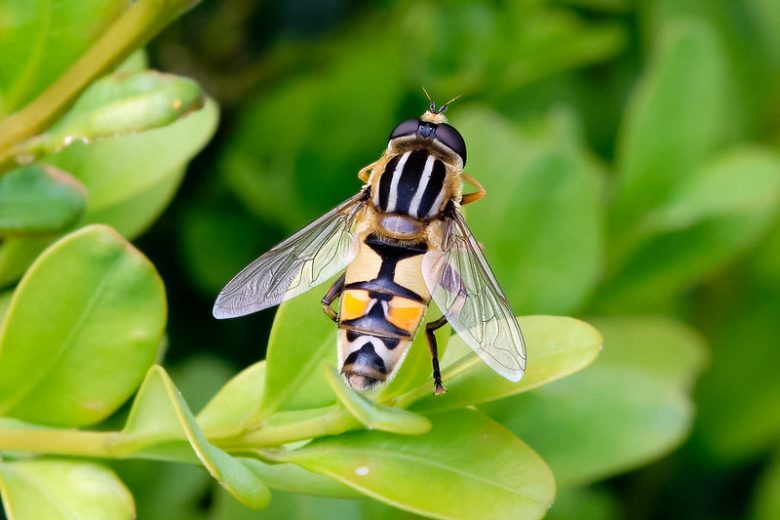
Hover/flower fly - Syrphidae
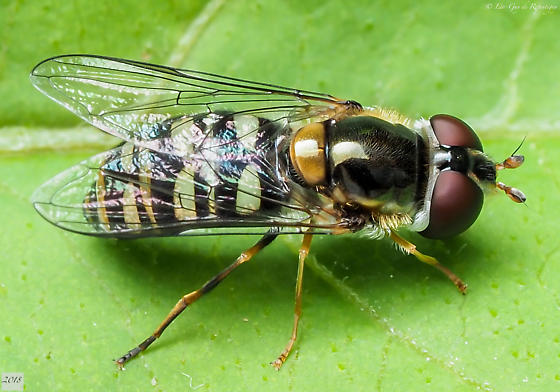
Hover/flower fly - Syrphidae
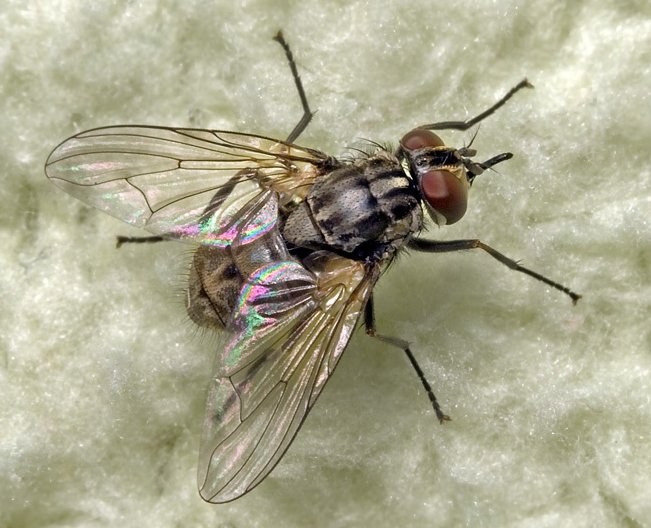
Housefly - Muscidae
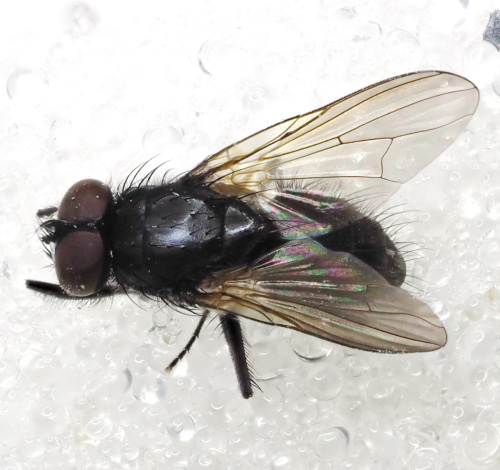
Housefly - Muscidae

Housefly - Muscidae
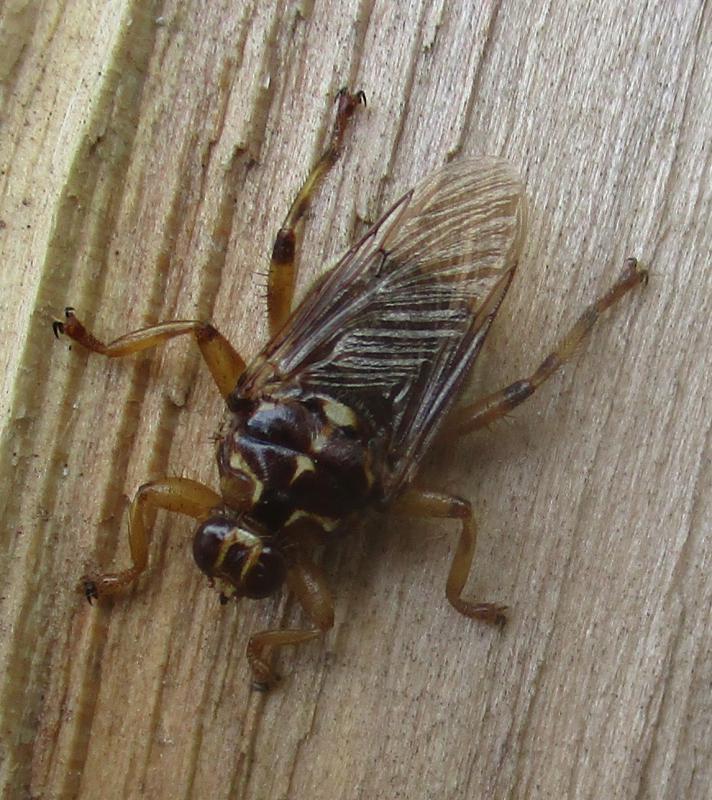
Louse fly - Hippoboscidae
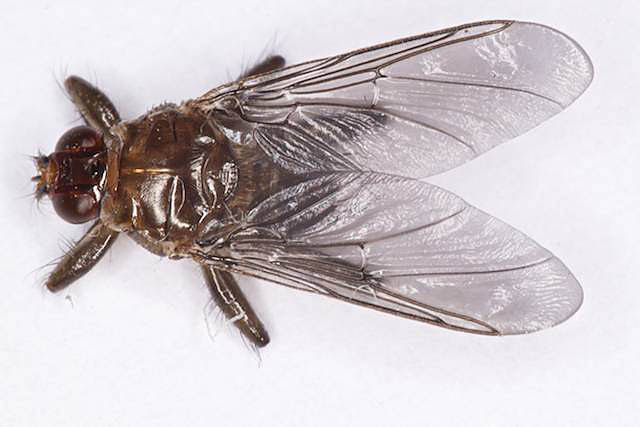
Louse fly - Hippoboscidae
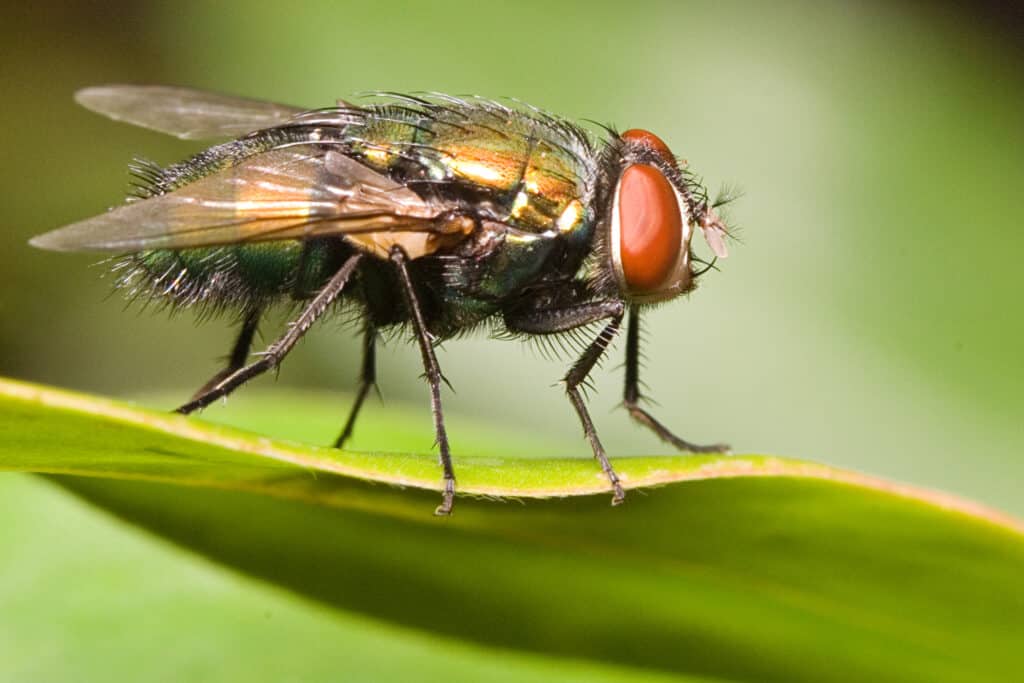
Blow fly - Calliphoridae
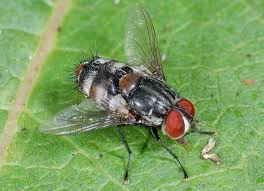
Tachinid - Tachinidae

Tachinid - Tachinidae
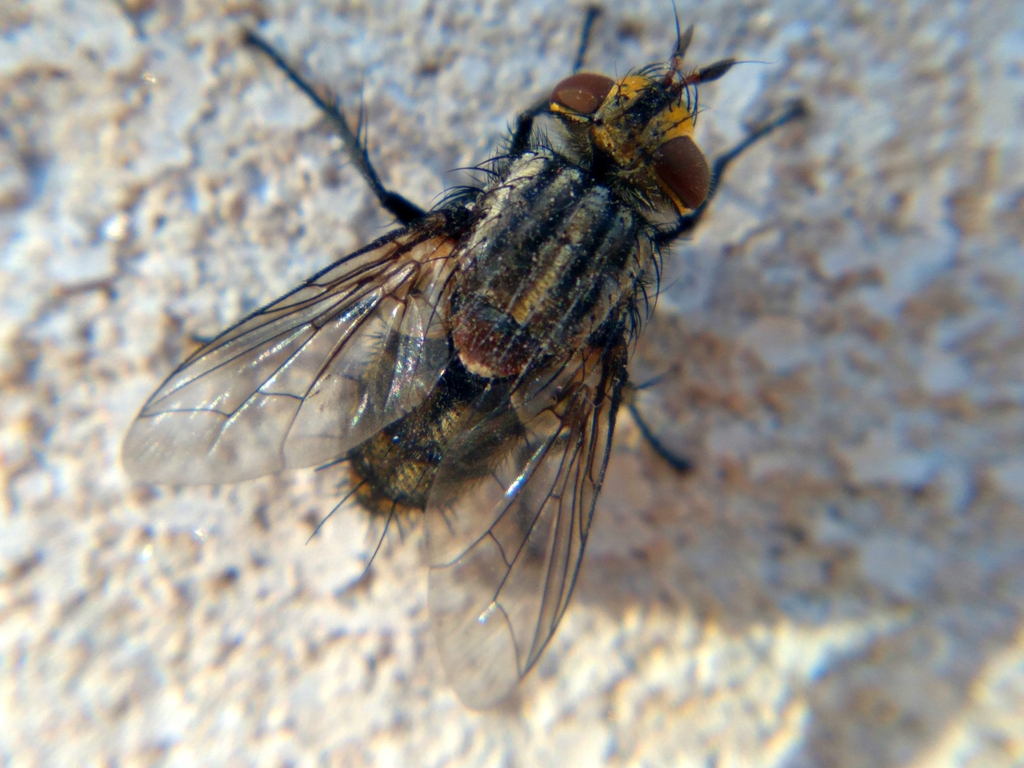
Tachinid - Tachinidae
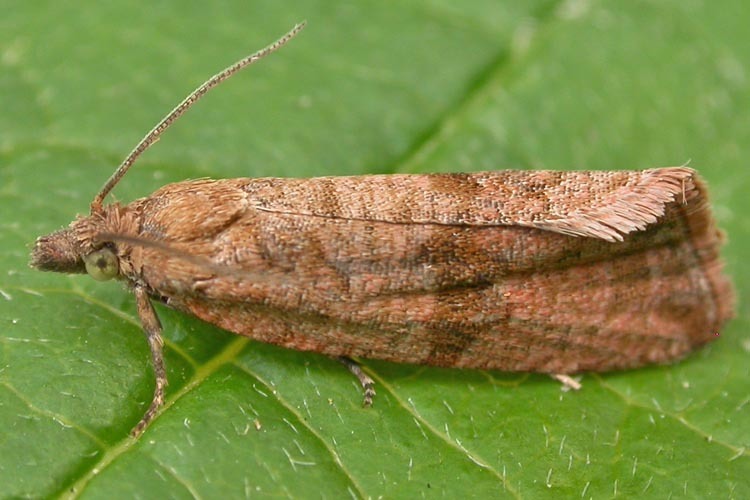
Tortrix Moth - Tortricidae
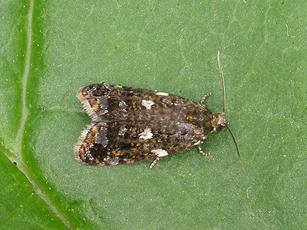
Tortrix Moth - Tortricidae
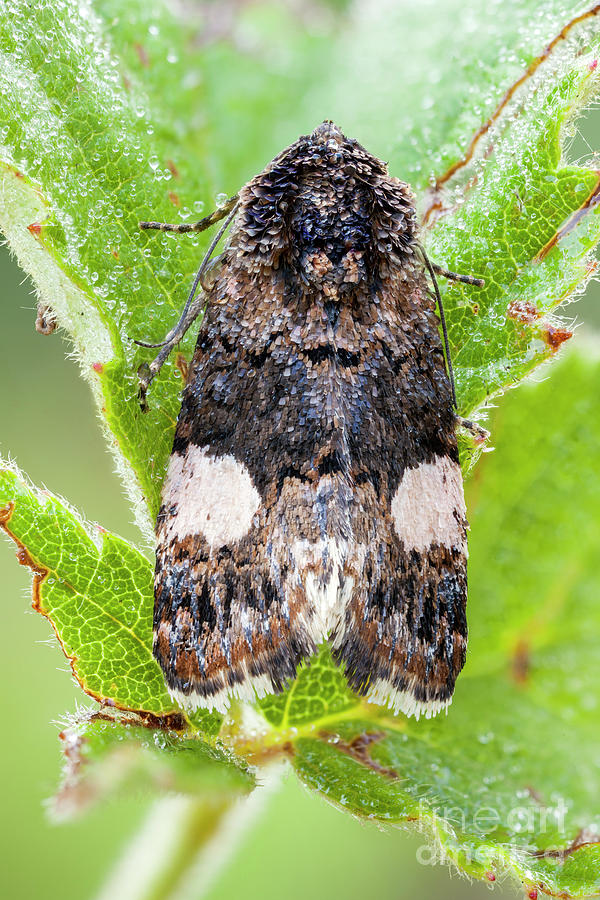
Tortrix Moth - Tortricidae
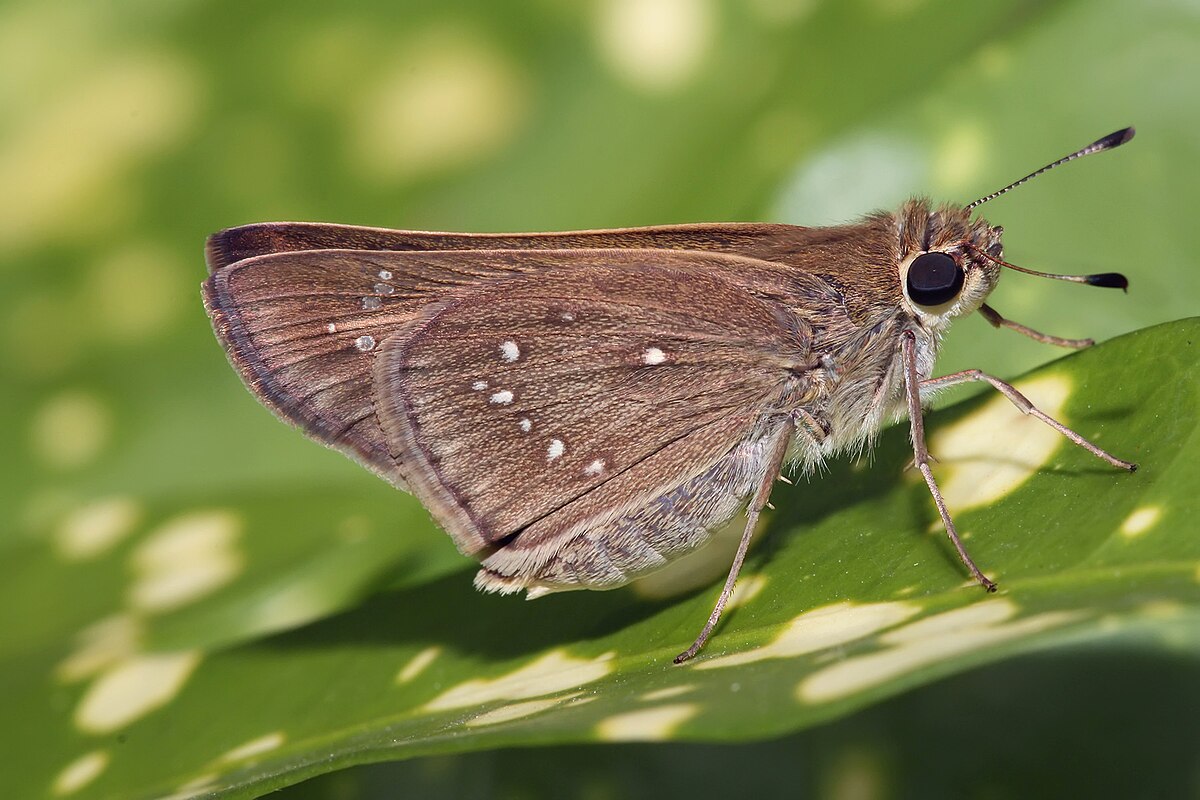
Skippers - Hesperiidae
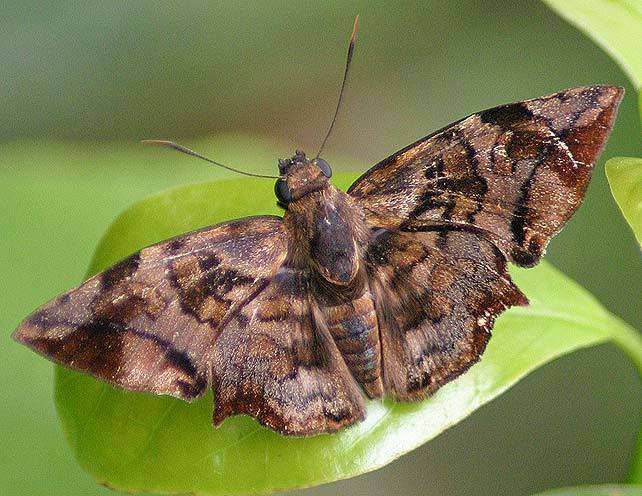
Skippers - Hesperiidae
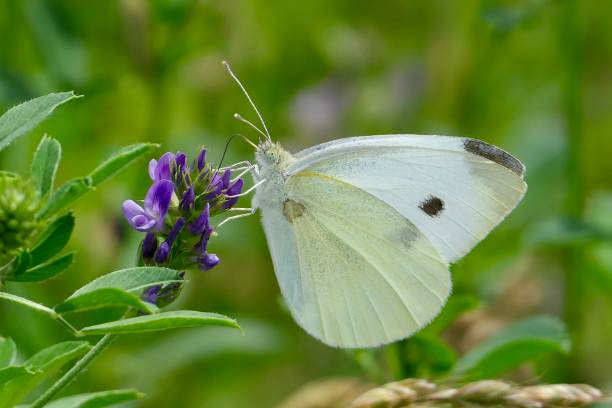
whites, sulfurs - Pieridae

whites, sulfurs - Pieridae
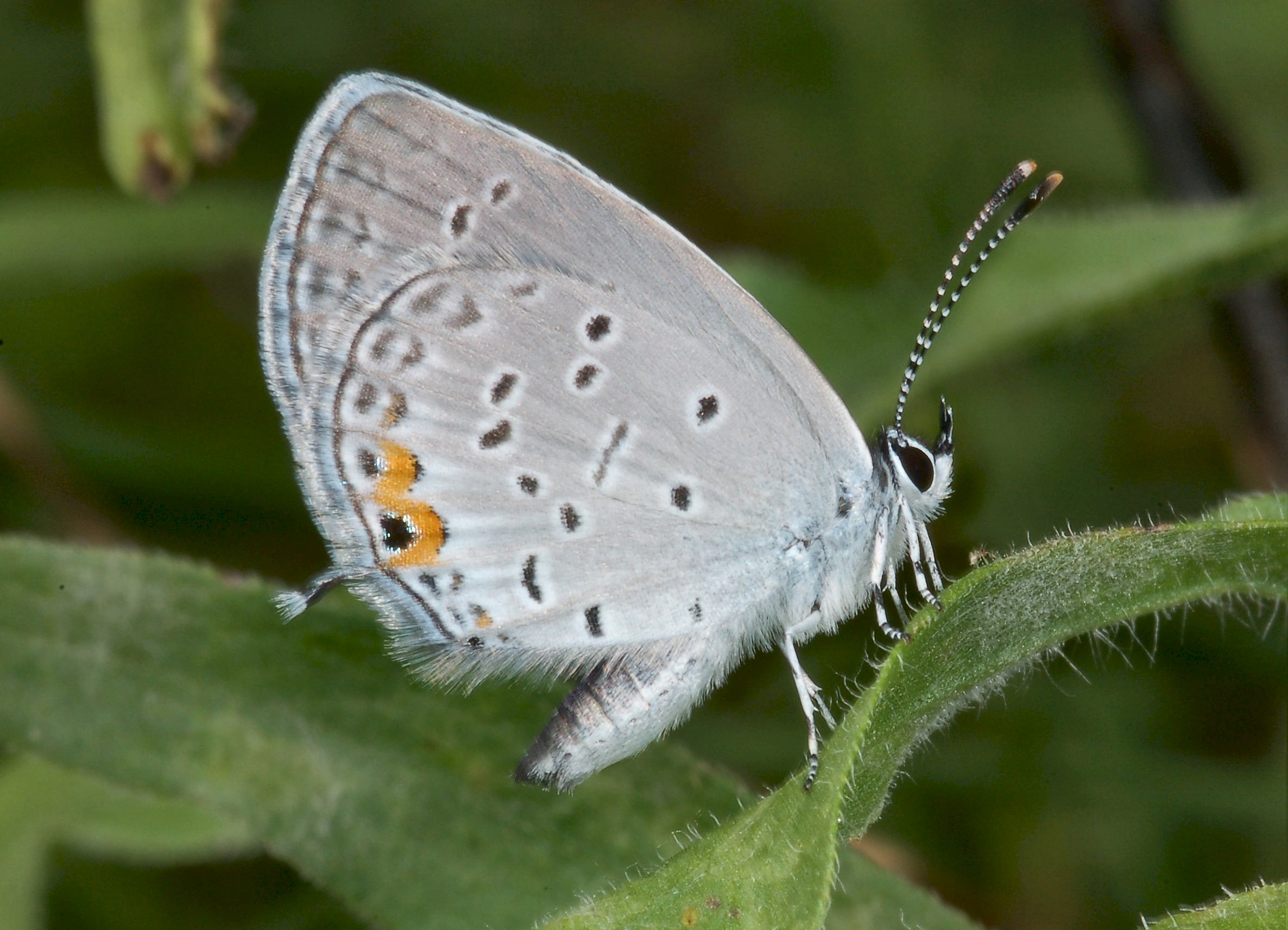
hairstreaks/blues - Lycaenidae
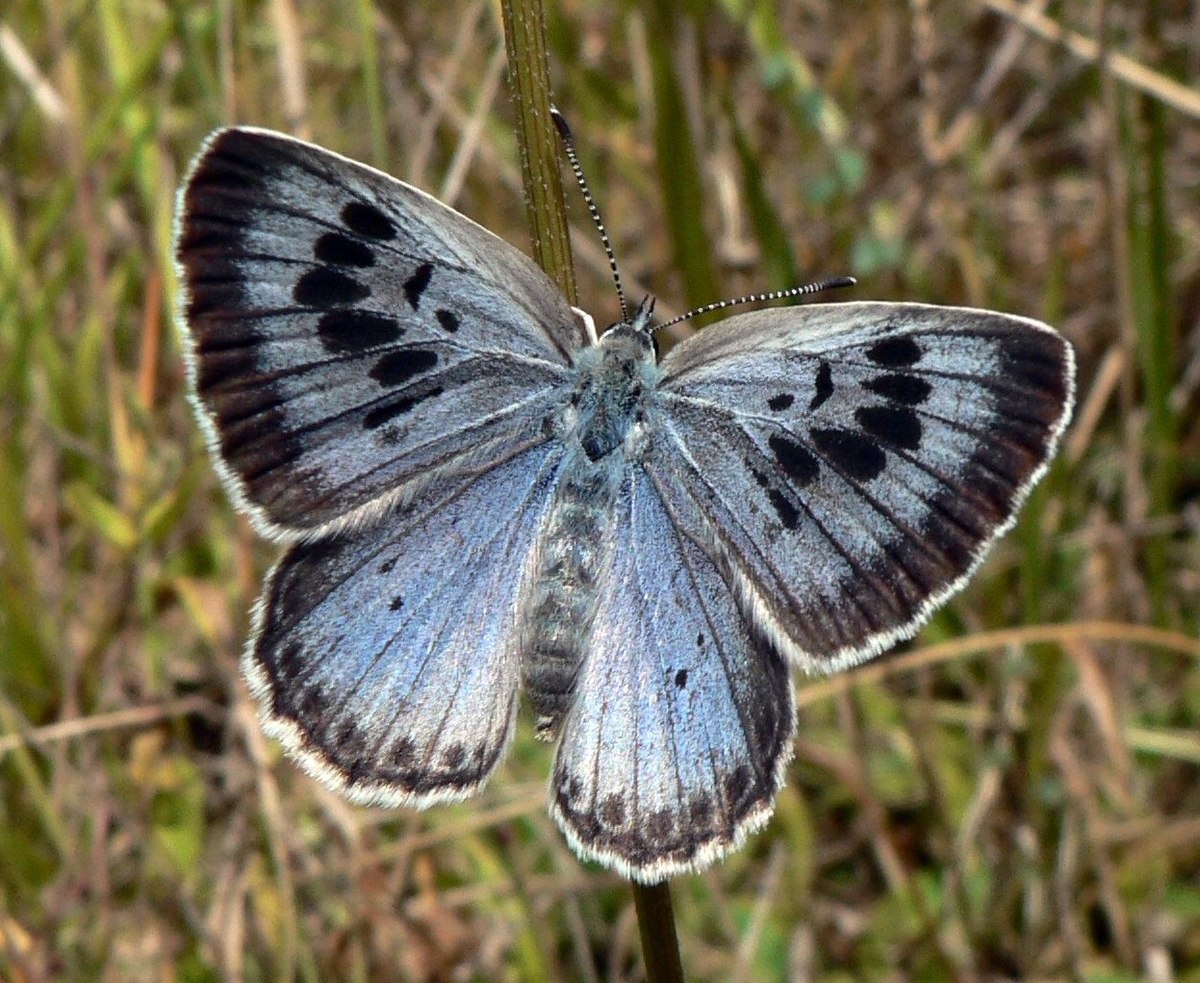
hairstreaks/blues - Lycaenidae
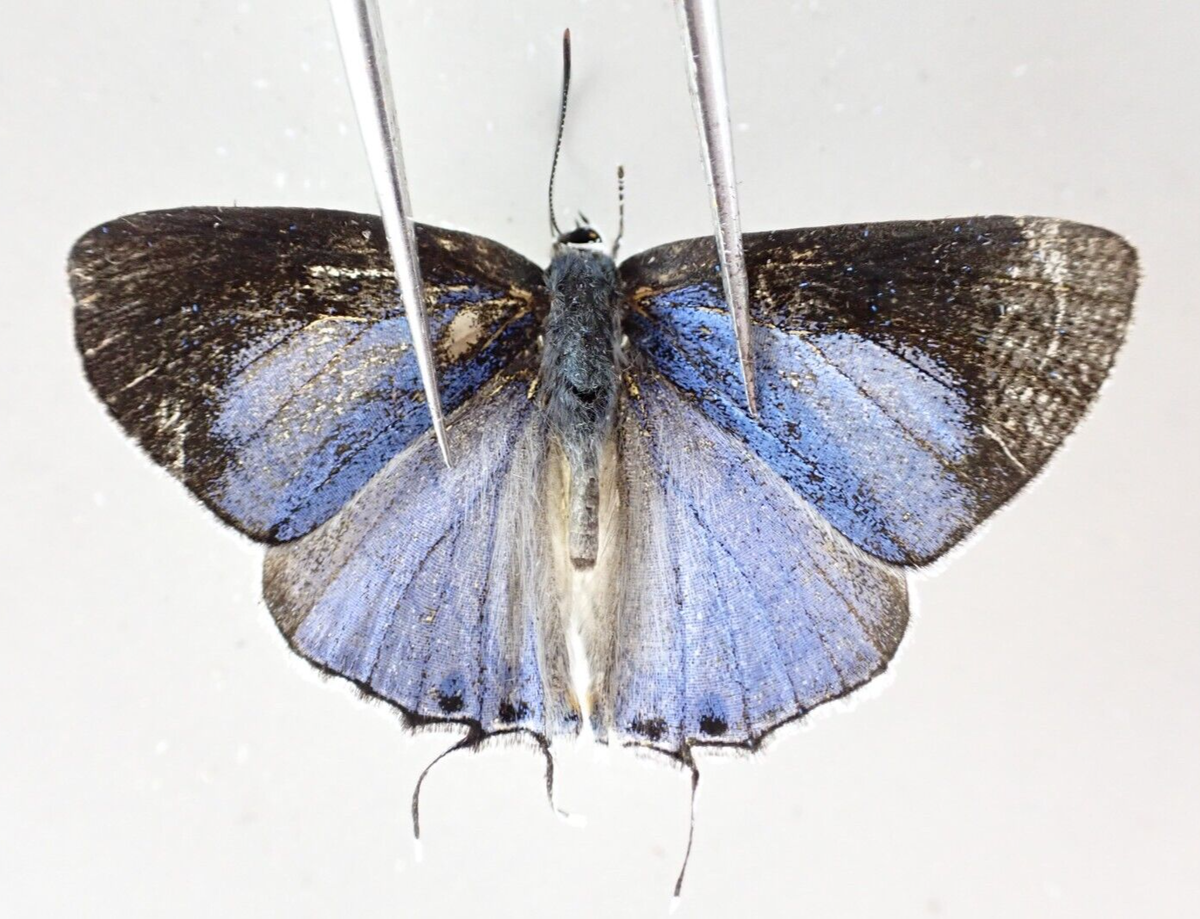
hairstreaks/blues - Lycaenidae
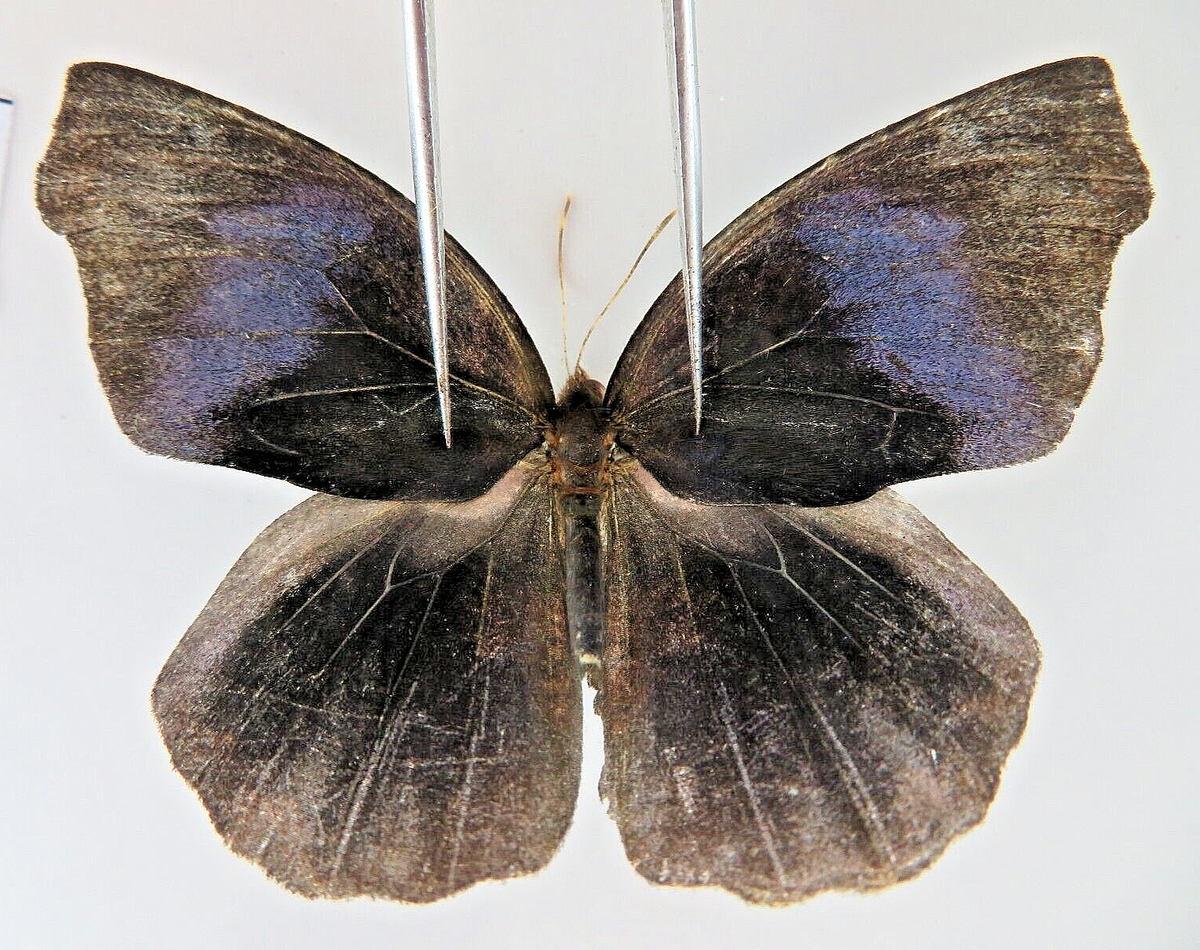
brush-footed butterfly - Nymphalidae
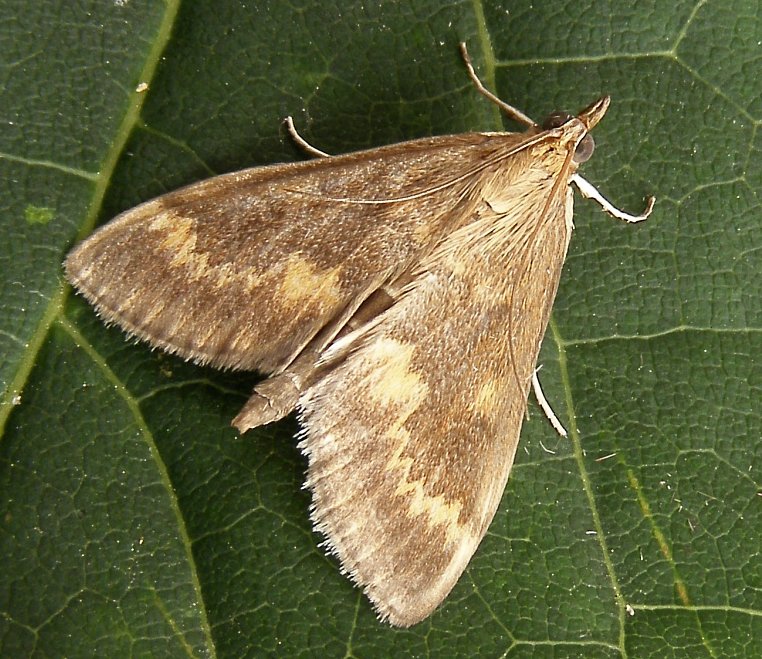
Snout Moth - Pyralidae
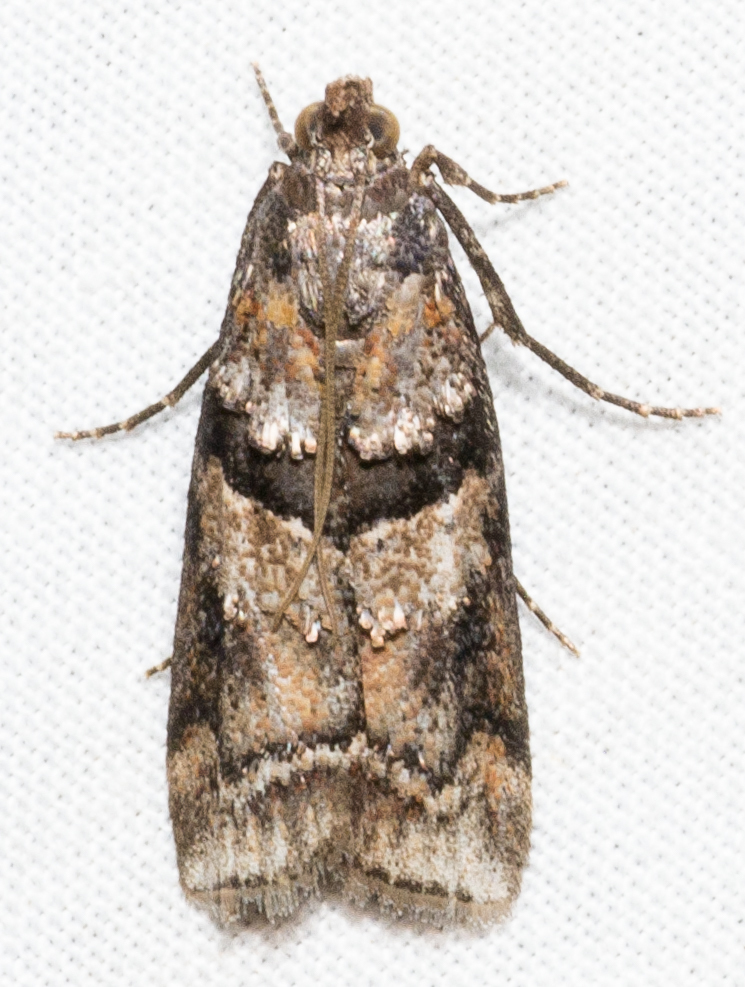
Snout Moth - Pyralidae

Snout Moth - Pyralidae
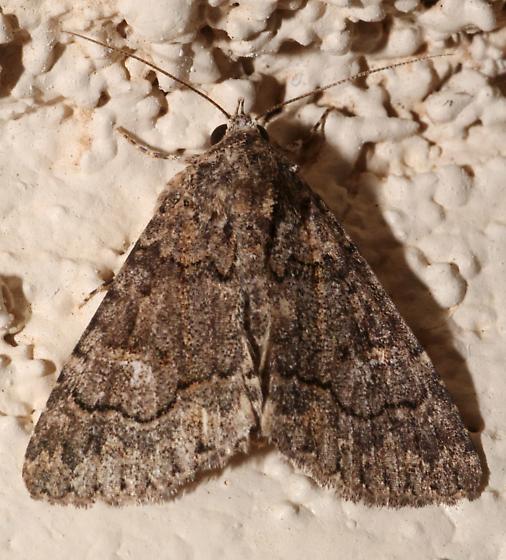
tussock - Erebidae
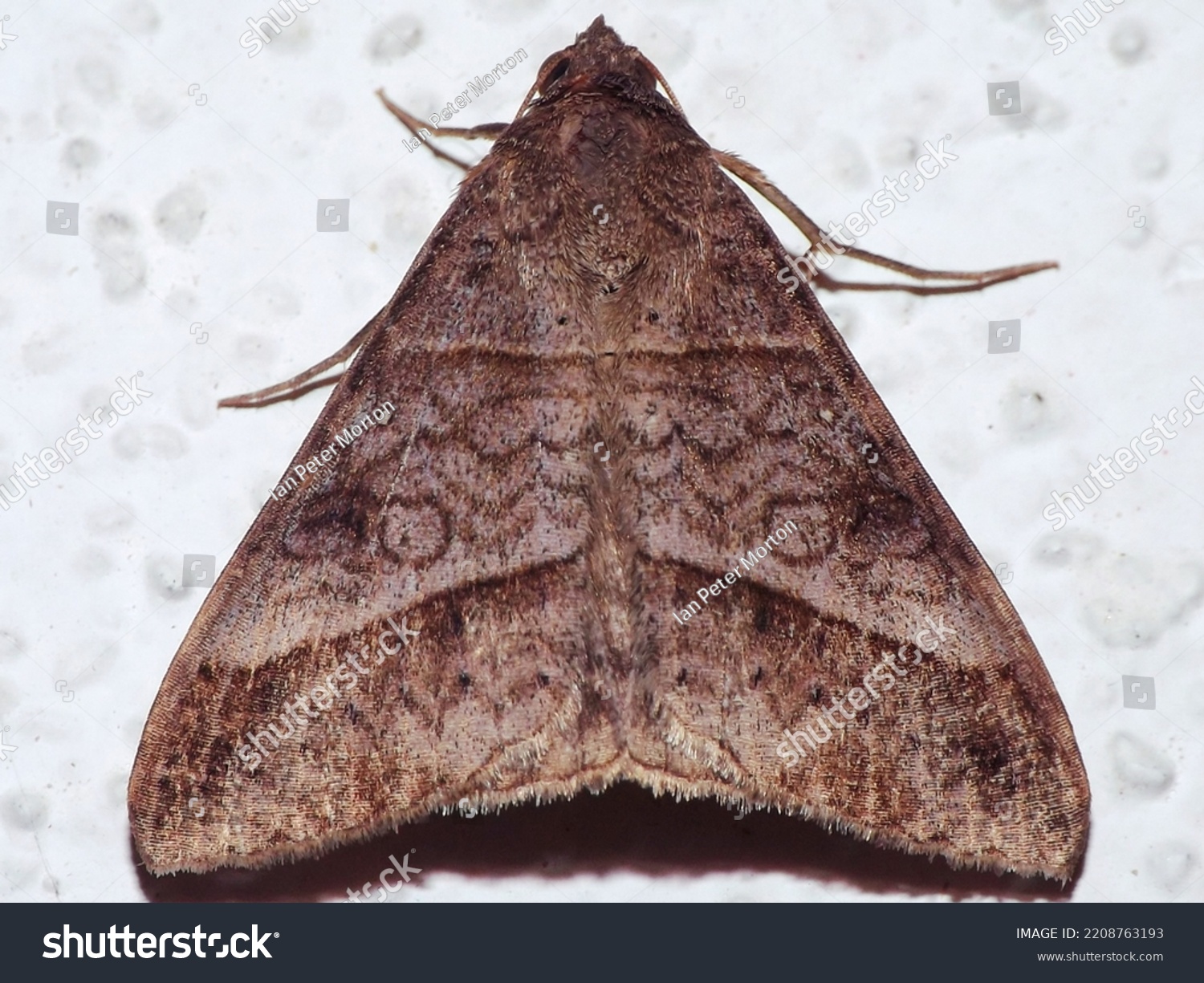
tussock - Erebidae
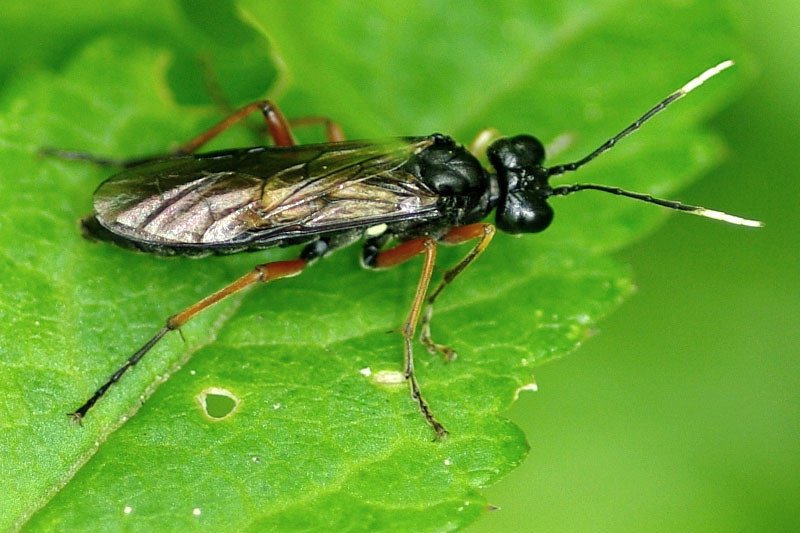
Common Sawfly - Tenthredinidae

Common Sawfly - Tenthredinidae
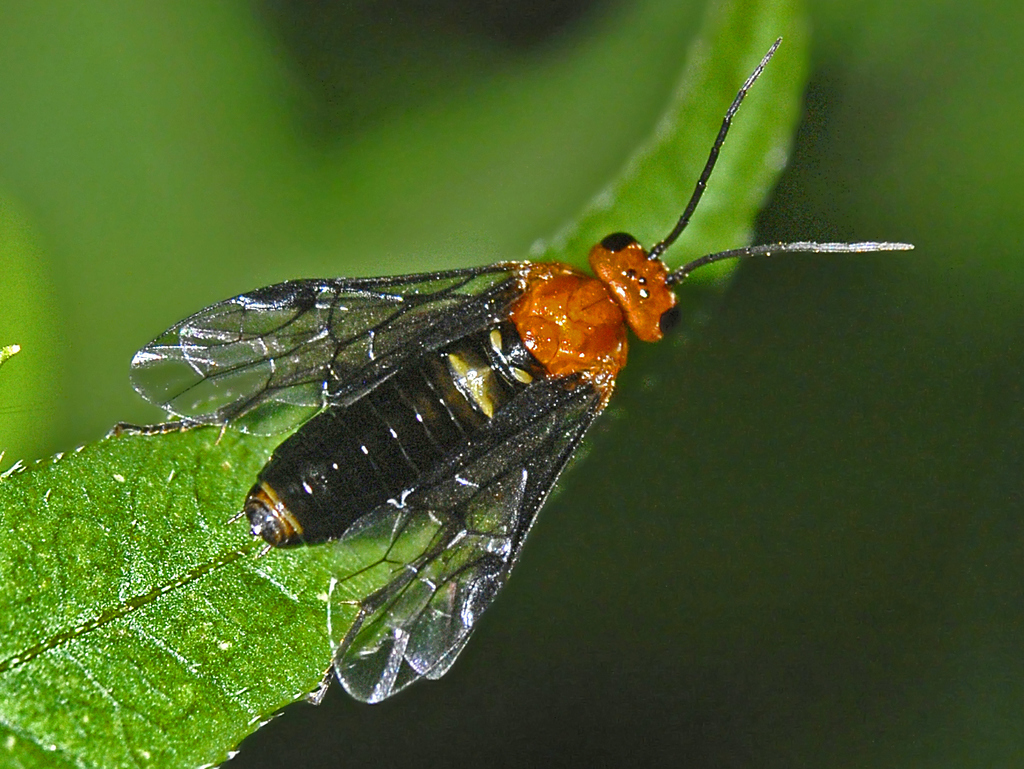
Common Sawfly - Tenthredinidae

Horntail - Siricidae
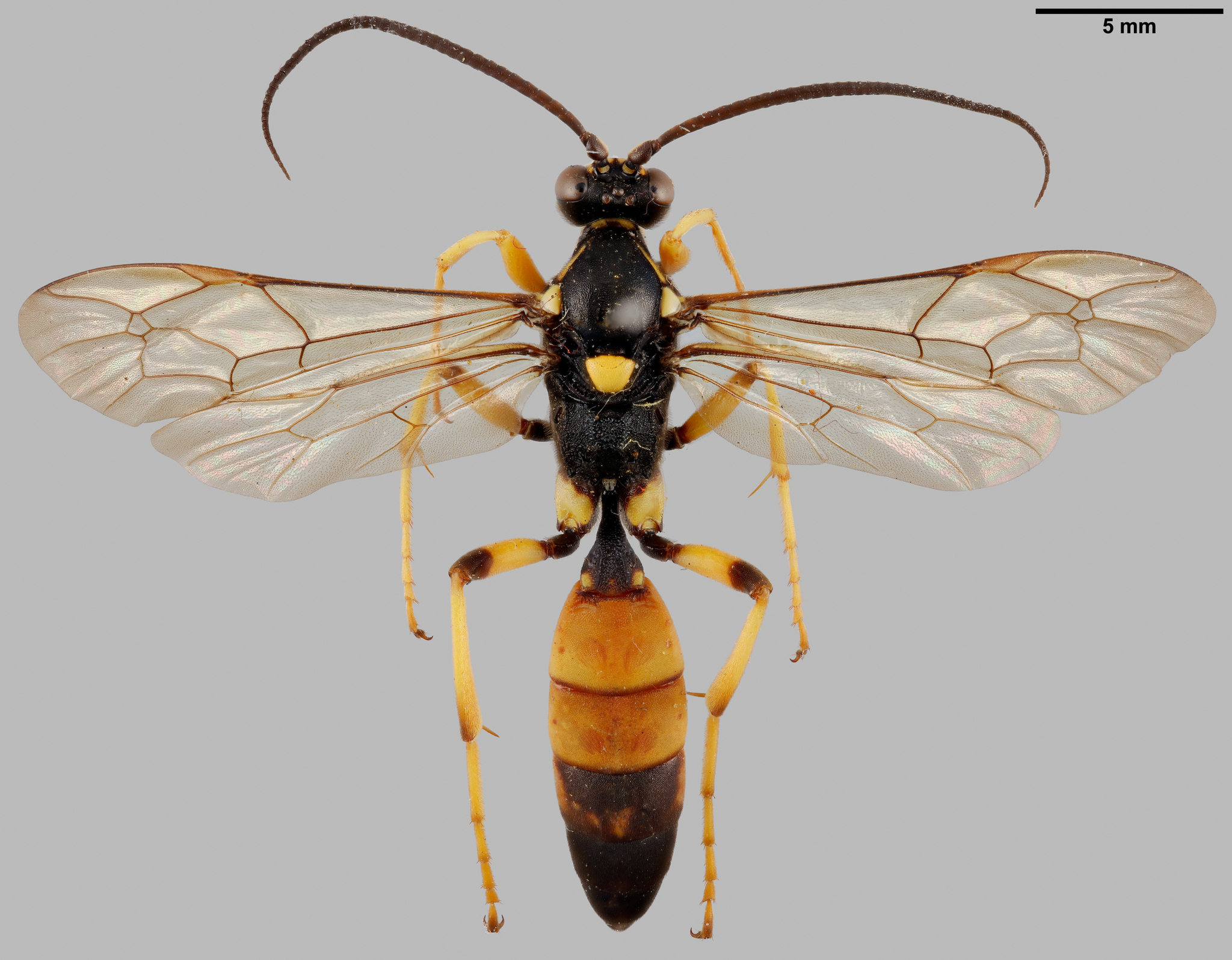
ichneumons - Ichneumonidae
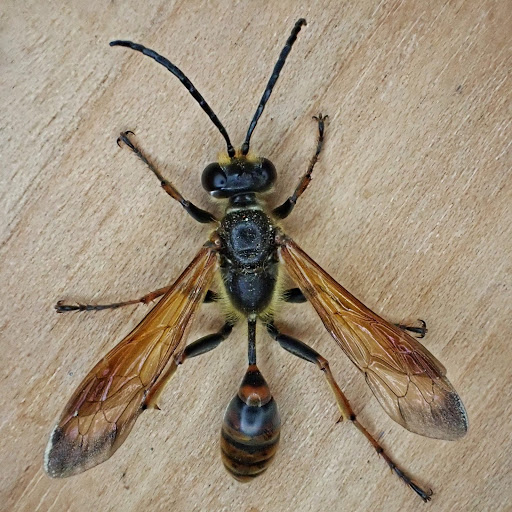
Thread-waisted wasp - Sphecidae
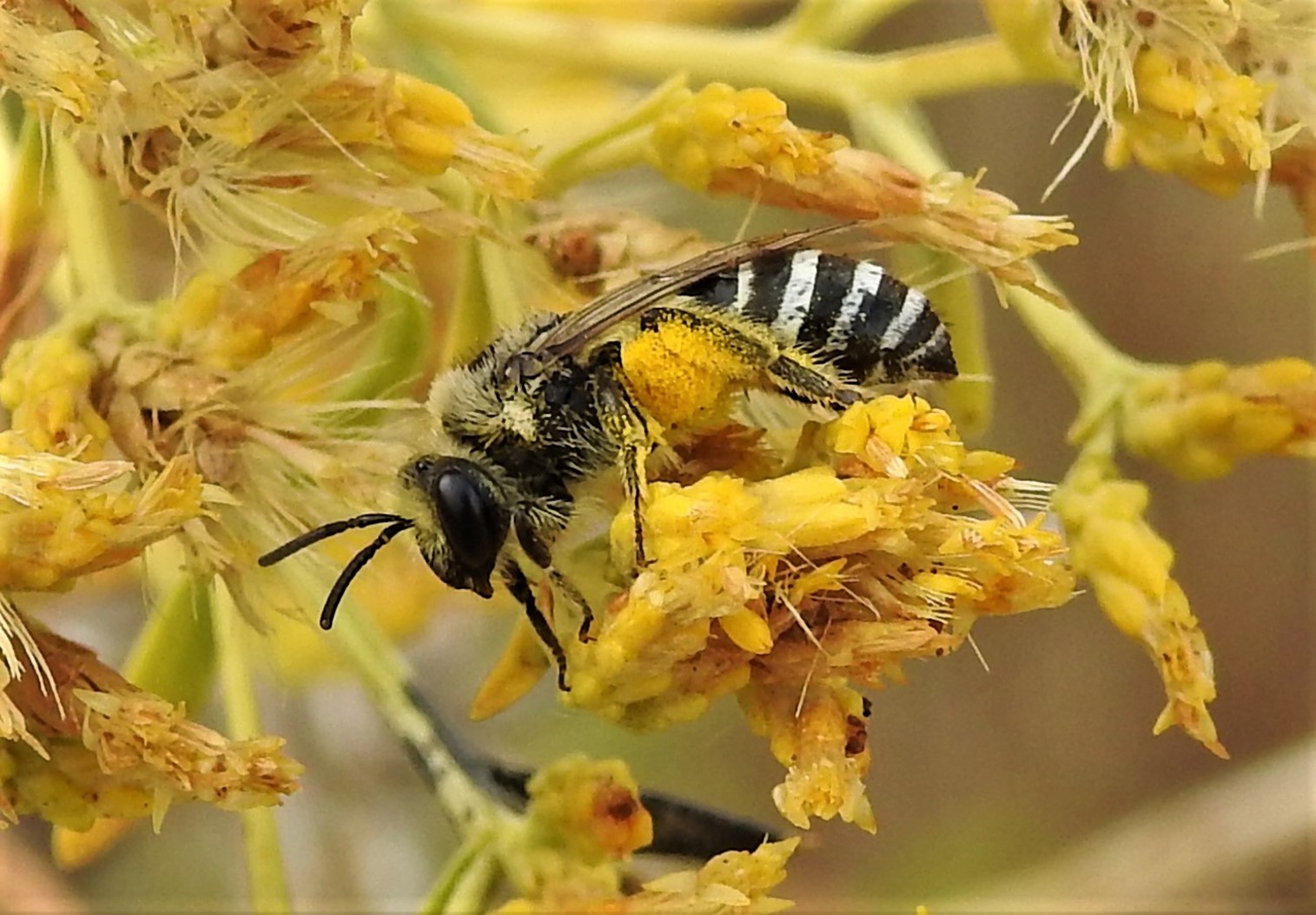
Plaster bee - Colletidae
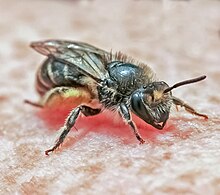
Plaster bee - Colletidae

Plaster bee - Colletidae
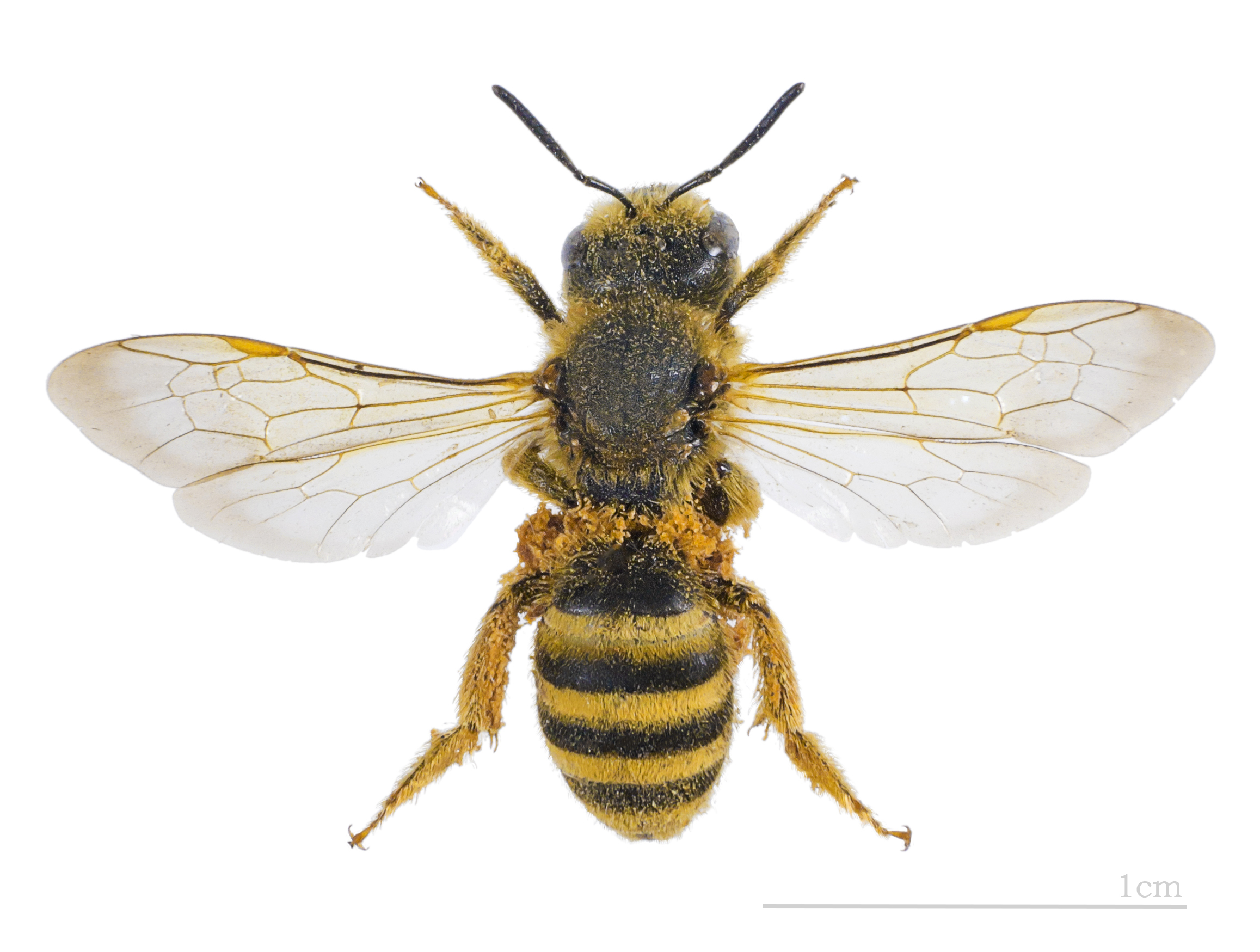
Sweat bee - Halictidae
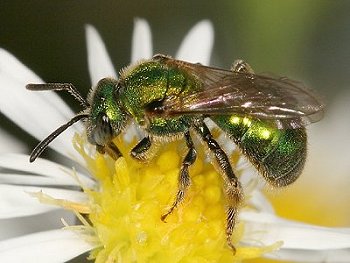
Sweat bee - Halictidae
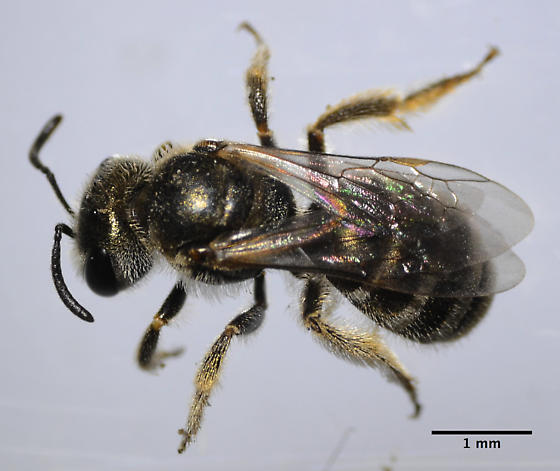
Sweat bee - Halictidae
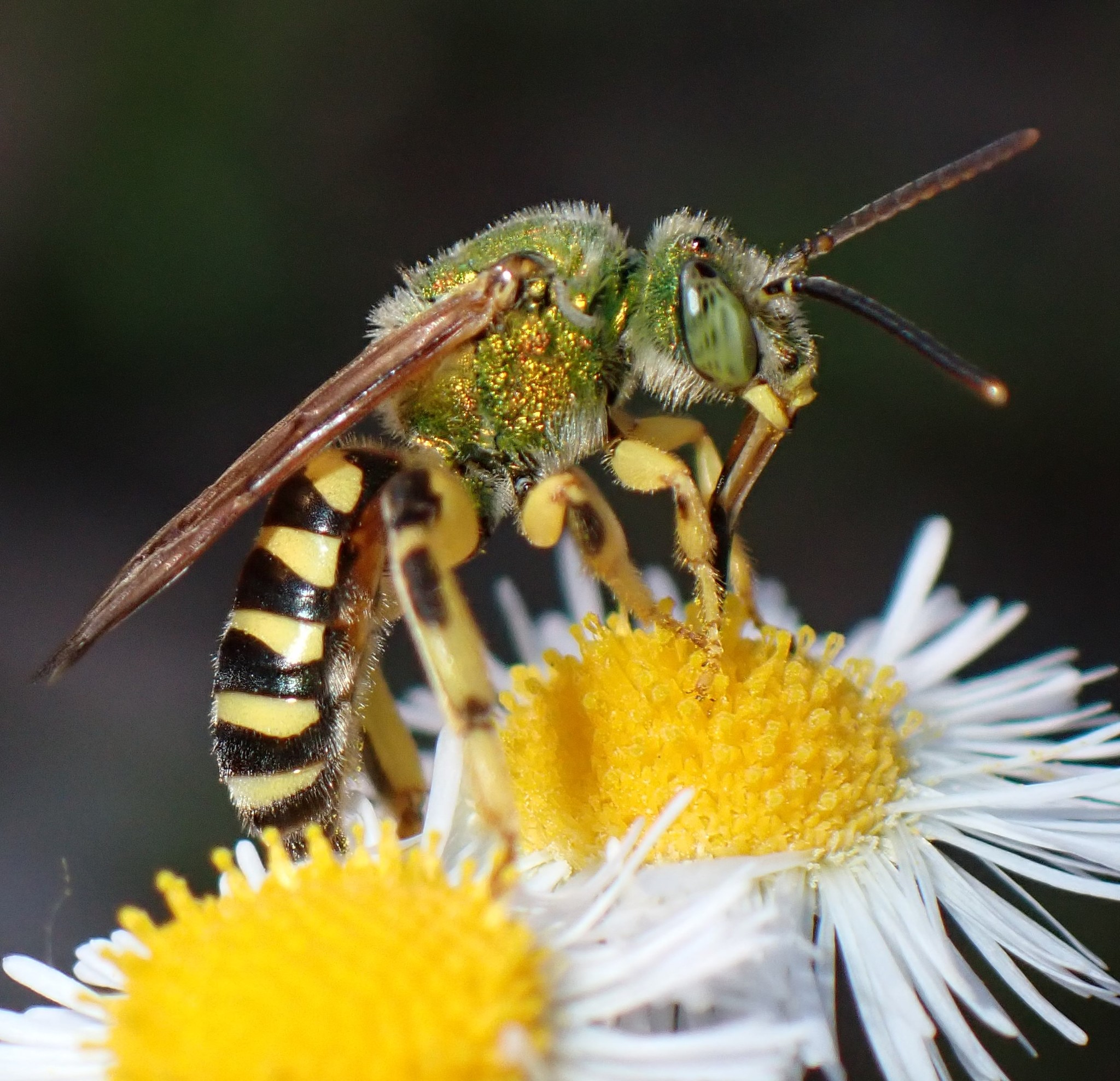
Sweat bee - Halictidae
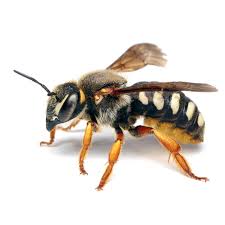
Leaf-cutter bee - Megachilidae
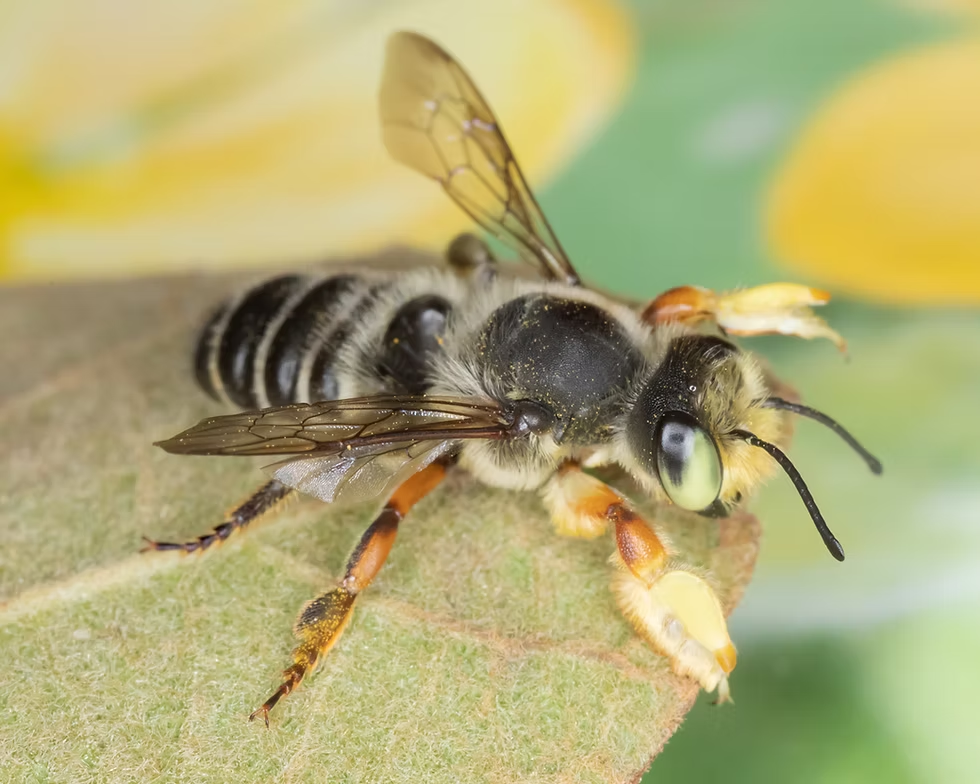
Leaf-cutter bee - Megachilidae
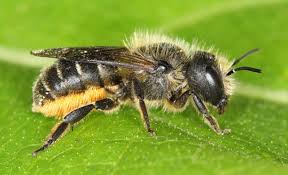
Leaf-cutter bee - Megachilidae
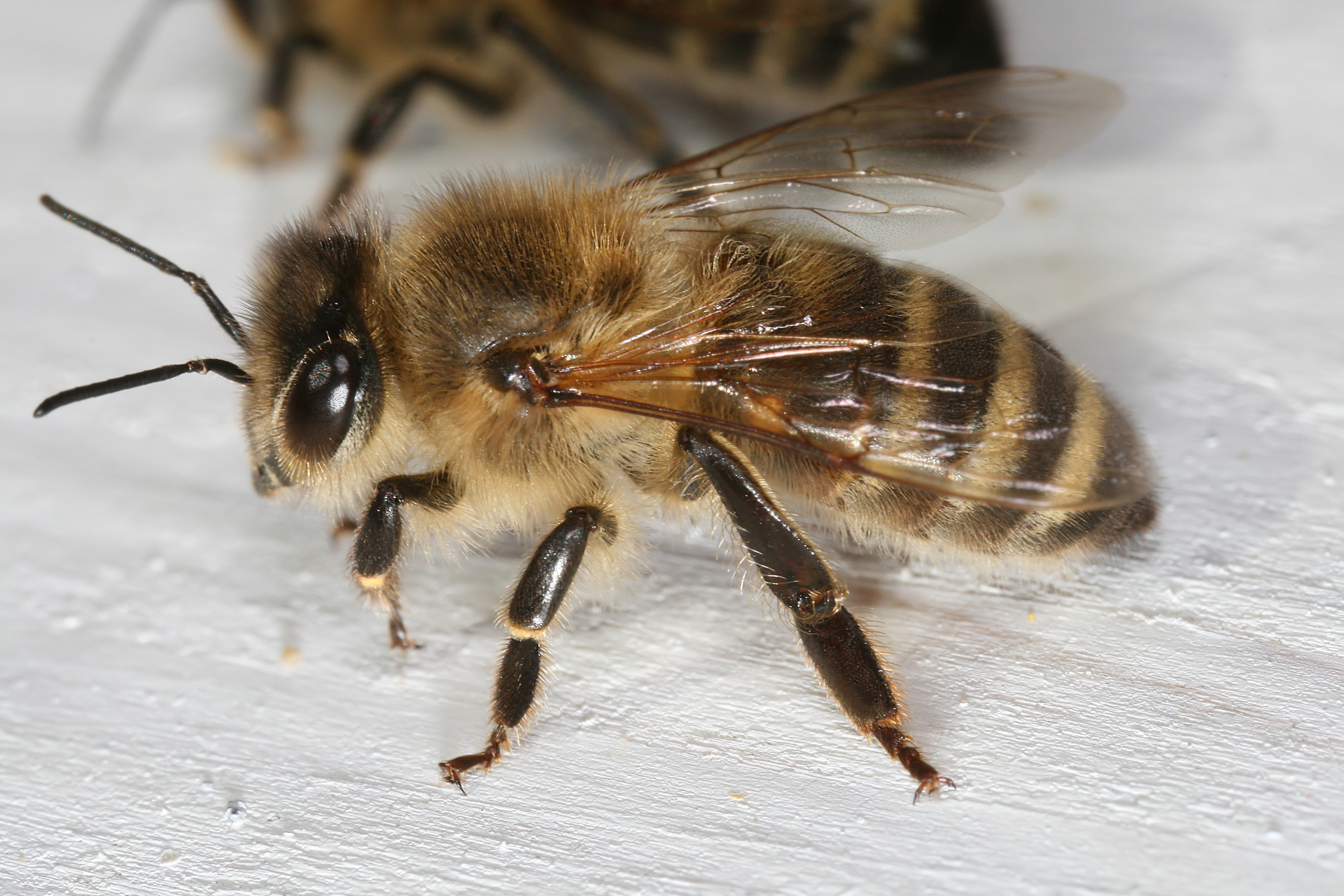
Bee :3 - Apidae